In recent years, the i8 has been BMW’s sporting flagship. But it never eclipsed the 8 Series because the two cars are so different: the former a futuristic supercar, the latter an old-school super-GT. The 8 Series turns 30 this year – here’s its story so far.
The E31
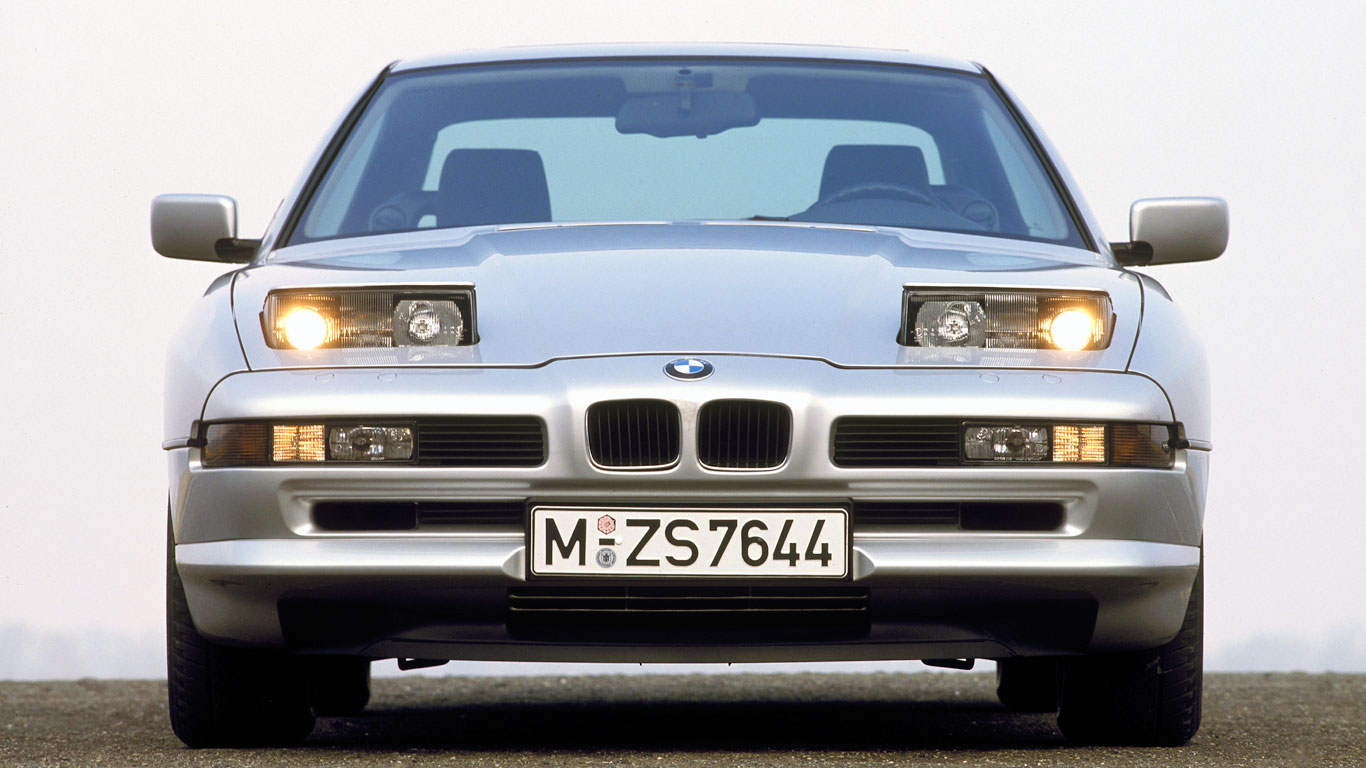
First shown at the 1989 Frankfurt Auto Show, the 850i – or E31 in BMW-speak – followed the 750i saloon as the second post-war German car to be powered by a 12-cylinder engine.
According to the company, BMW ‘launched its challenge to the world’s finest sports coupes with a design oozing avant-garde elegance, arresting performance attributes, an exceptional wealth of innovations and a sprinkling of exclusive luxury’. Sounds promising…
A strong start
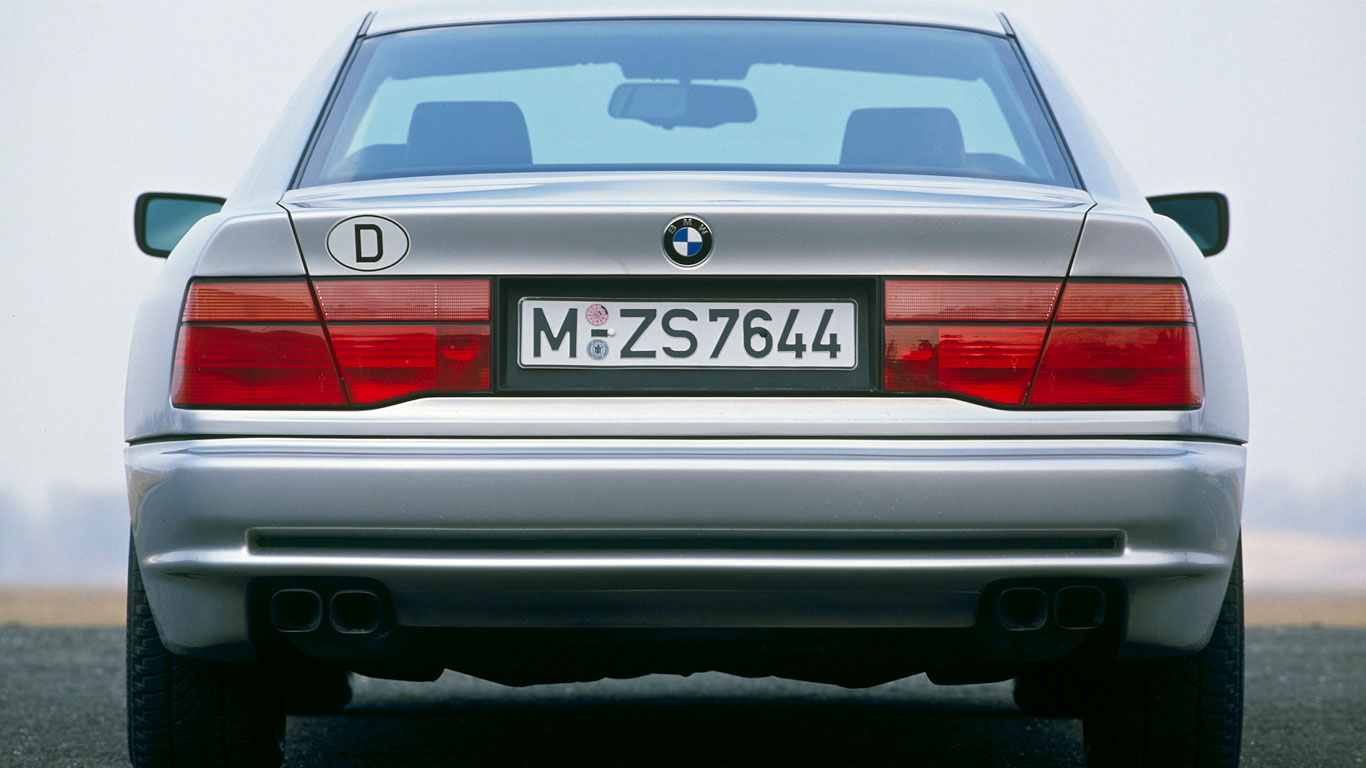
Indeed, BMW’s flagship coupe made a brilliant first impression. Within eight days of the Frankfurt show, it had received 5,000 orders. By the summer of 1990, it was reported that the entire production of 10,000 to 12,000 cars a year had been sold out until 1993. Some people were prepared to spend twice the showroom price to avoid the six-month waiting list.
The first 8 Series
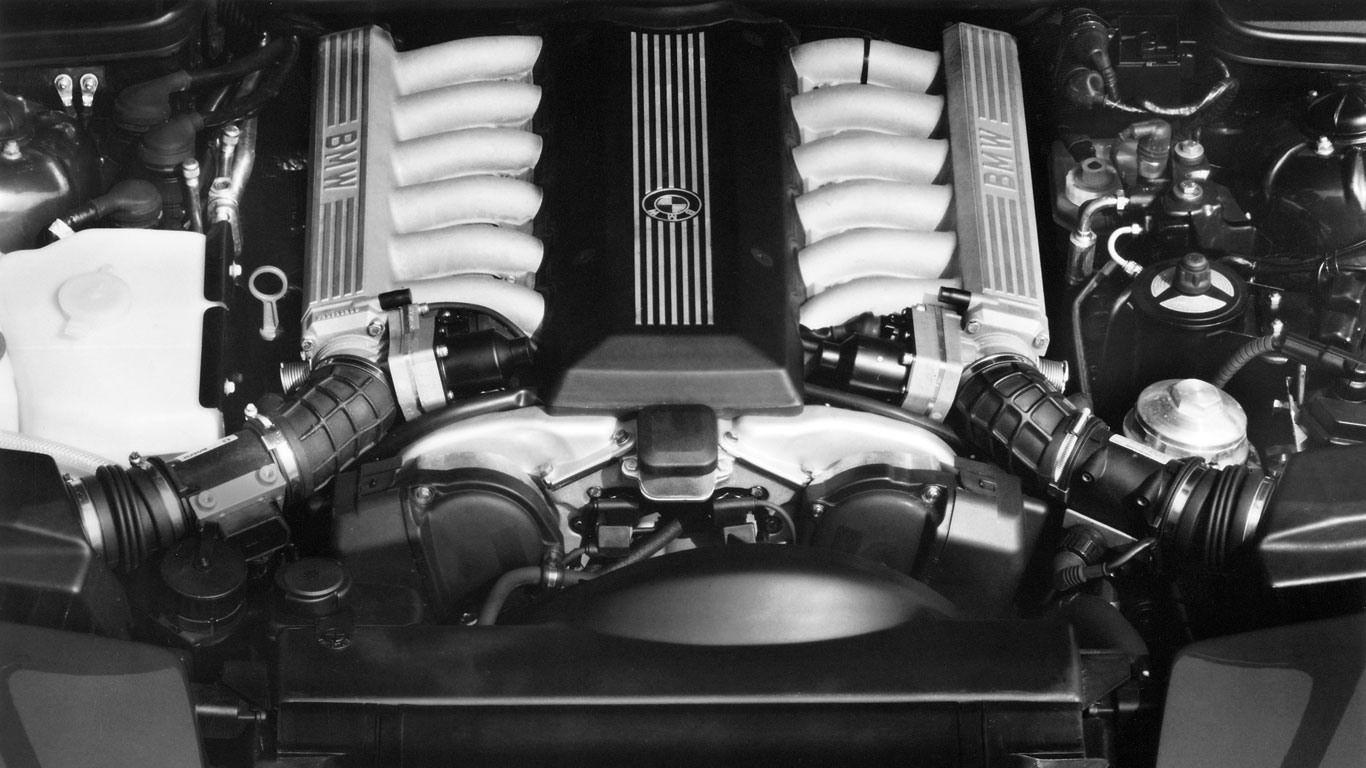
This was the first time BMW had used the number eight in its model line-up, with the 8 Series breaking new ground for the brand. Power came from a 5.0-litre 12-cylinder engine, which was mated to a six-speed manual gearbox developed specifically for the 850i. A four-speed automatic was optional.
V for victory
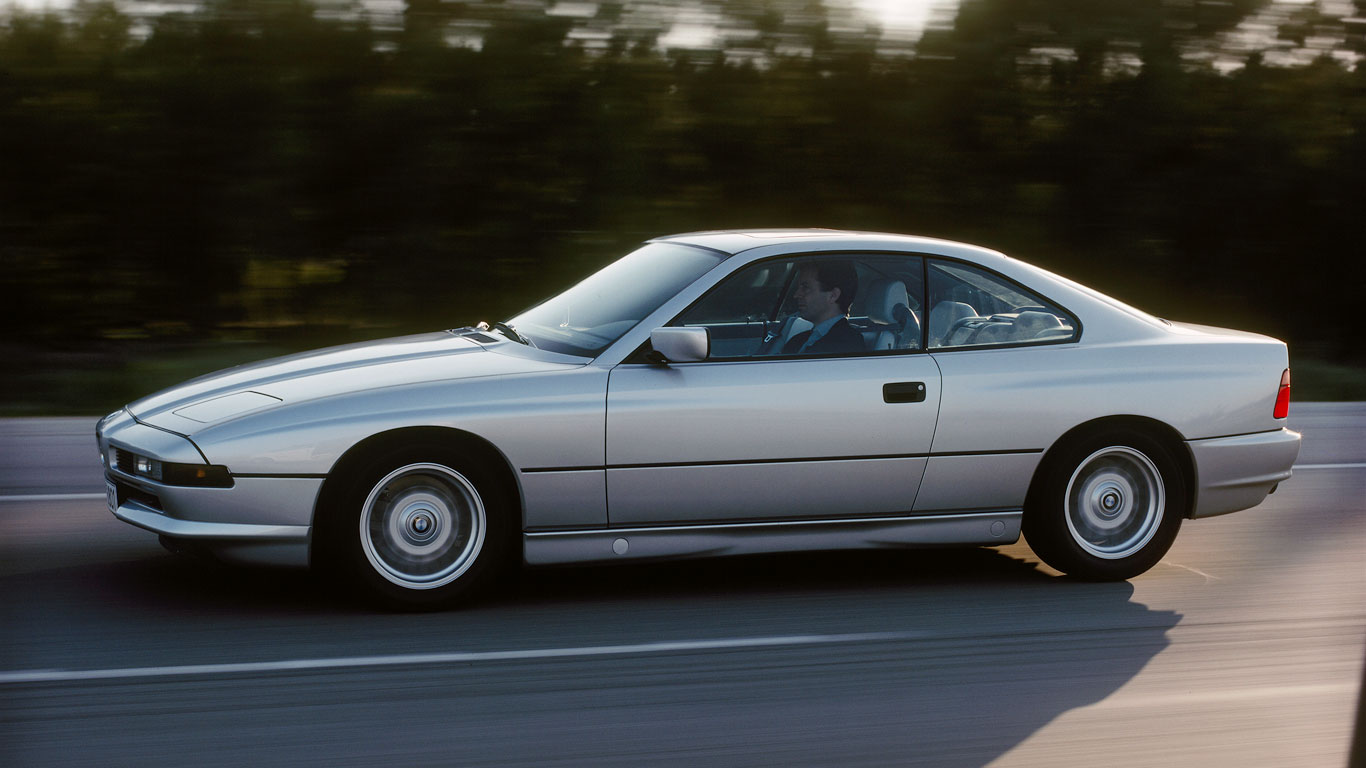
It’s not hard to see why would-be owners were seduced by the V12 coupe. The promise of BMW’s legendary driving dynamics combined with an engine developing 300hp and 332lb ft of torque sounded like a match made in heaven. A 0-60mph time of around 6.5 seconds and a top speed electronically limited to 155mph were the kinds of figures likely to set alarm bells ringing in Stuttgart.
Technical tour de force
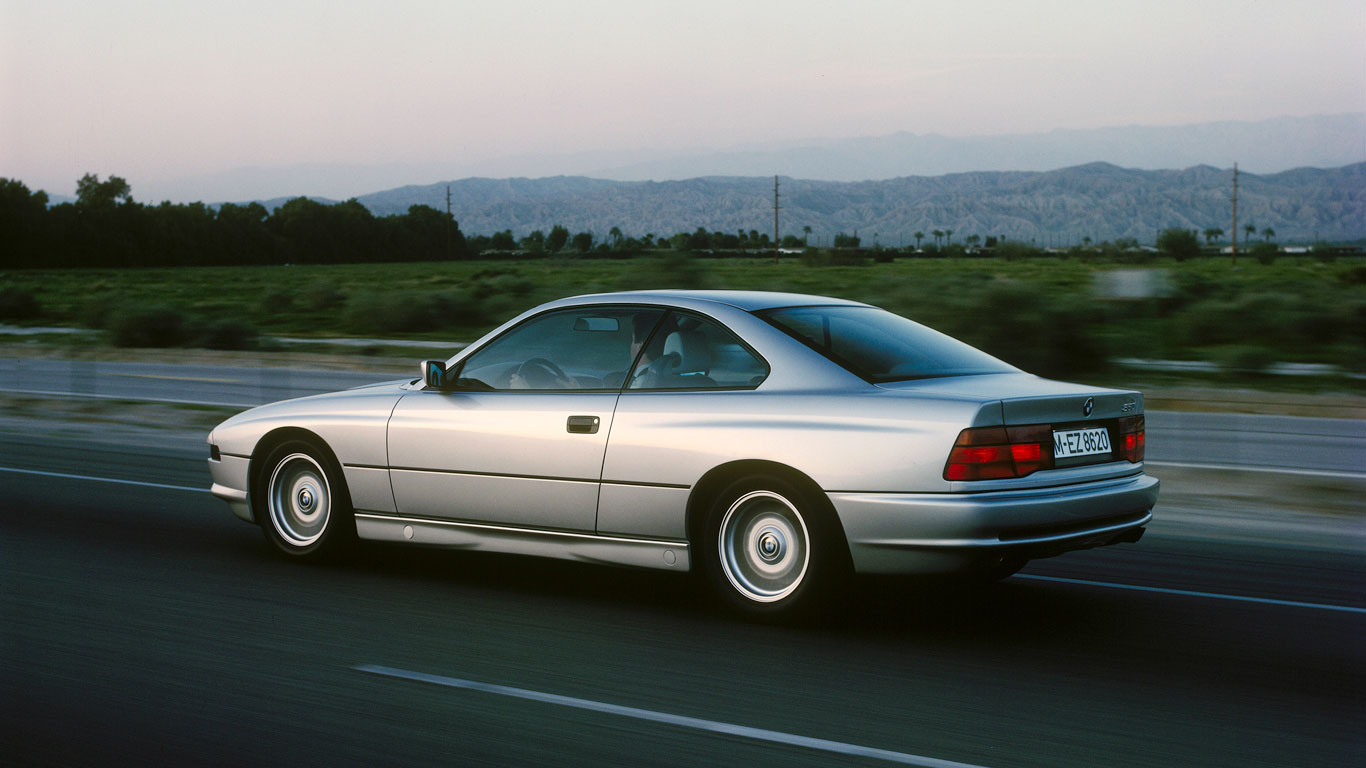
It might seem a contradiction in terms for a car powered by a 5.0-litre V12, but efficiency was a key target during the 850’s development. Central to this was aerodynamics, with BMW setting out the aim of a drag coefficient (Cd) of less than 0.3. Aerodynamic door mirrors, recessed windscreen wipers and super-tight seals on the side windows were just three of the elements resulting in a Cd of just 0.29.
Pop-up headlights
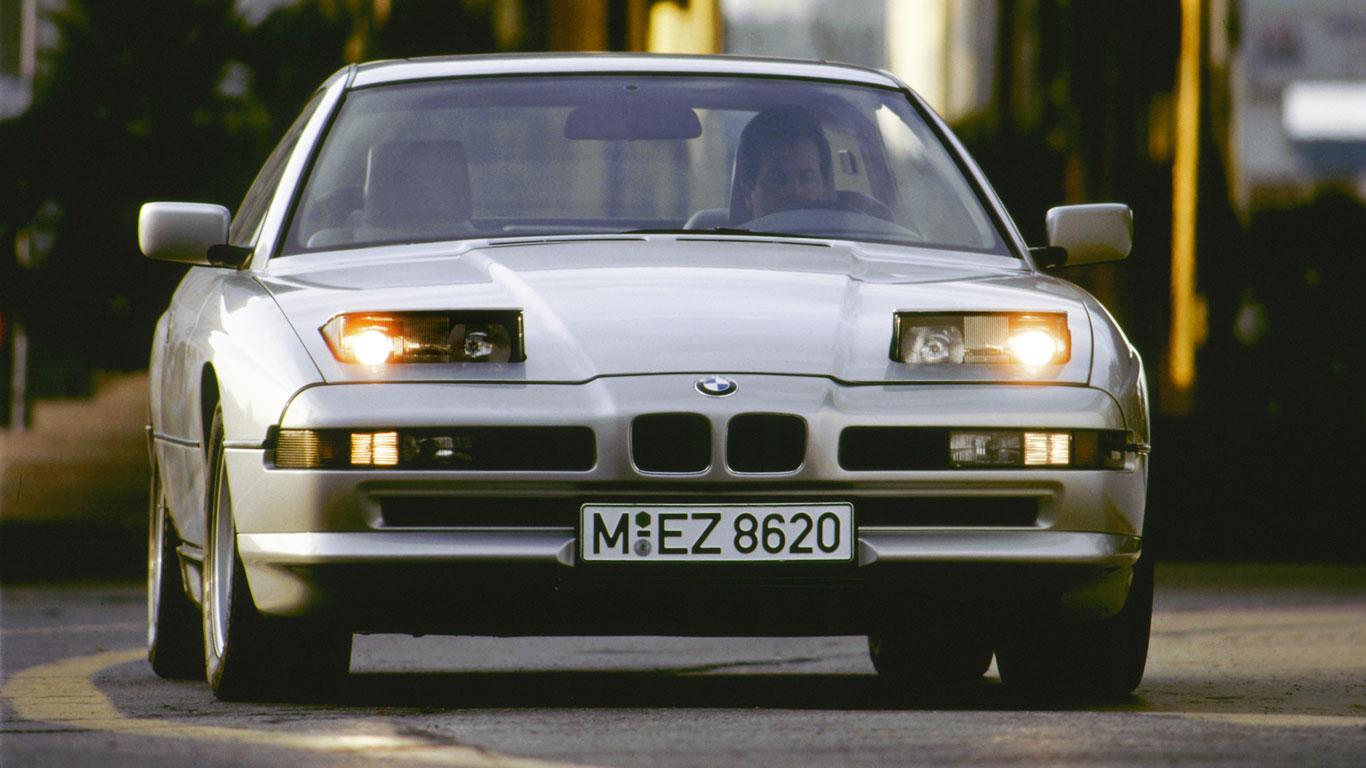
Other highlights included pop-up headlights, the absence of a B-pillar, speed-sensitive power steering, an electrically adjustable steering column with memory function, remote central locking, auto dimming rear-view mirror, two computers, a mobile phone located in the centre console and safety belts integrated into the seats. This, along with dynamic stability control, represented two firsts for BMW.
A very 90s interior
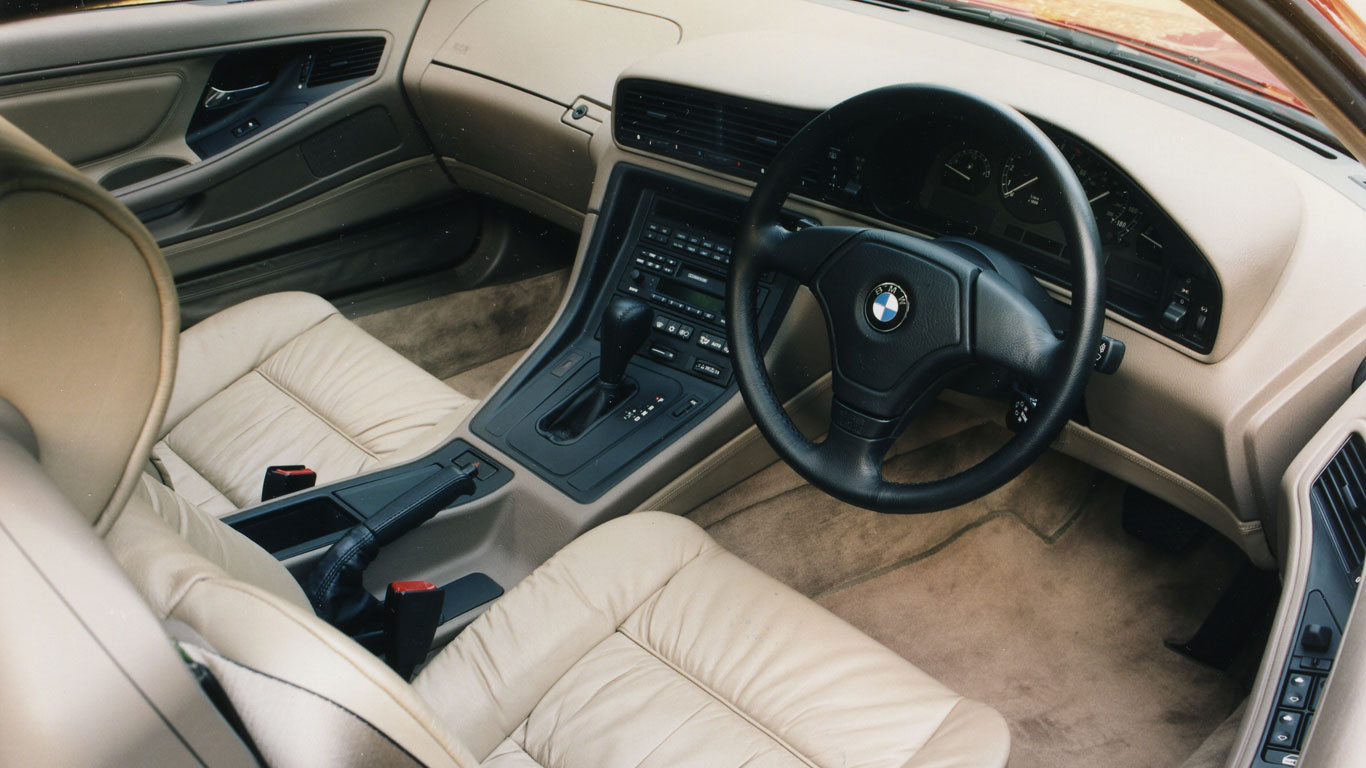
Given the evidence presented, it’s hard to see how the 8 Series could fail. The cabin was another positive, with the 850i featuring a well-built and driver-focused interior. Writing in Car magazine, Russell Bulgin said: “As a place to pass the miles in, as a tax-free adjunct to an office, a Club Europe ticket and a platinum American Express card, the 850i interior is an elegant, soothing and high-tech minimalist home from home.” The interior shown is a later 840Ci.
A glorious failure?
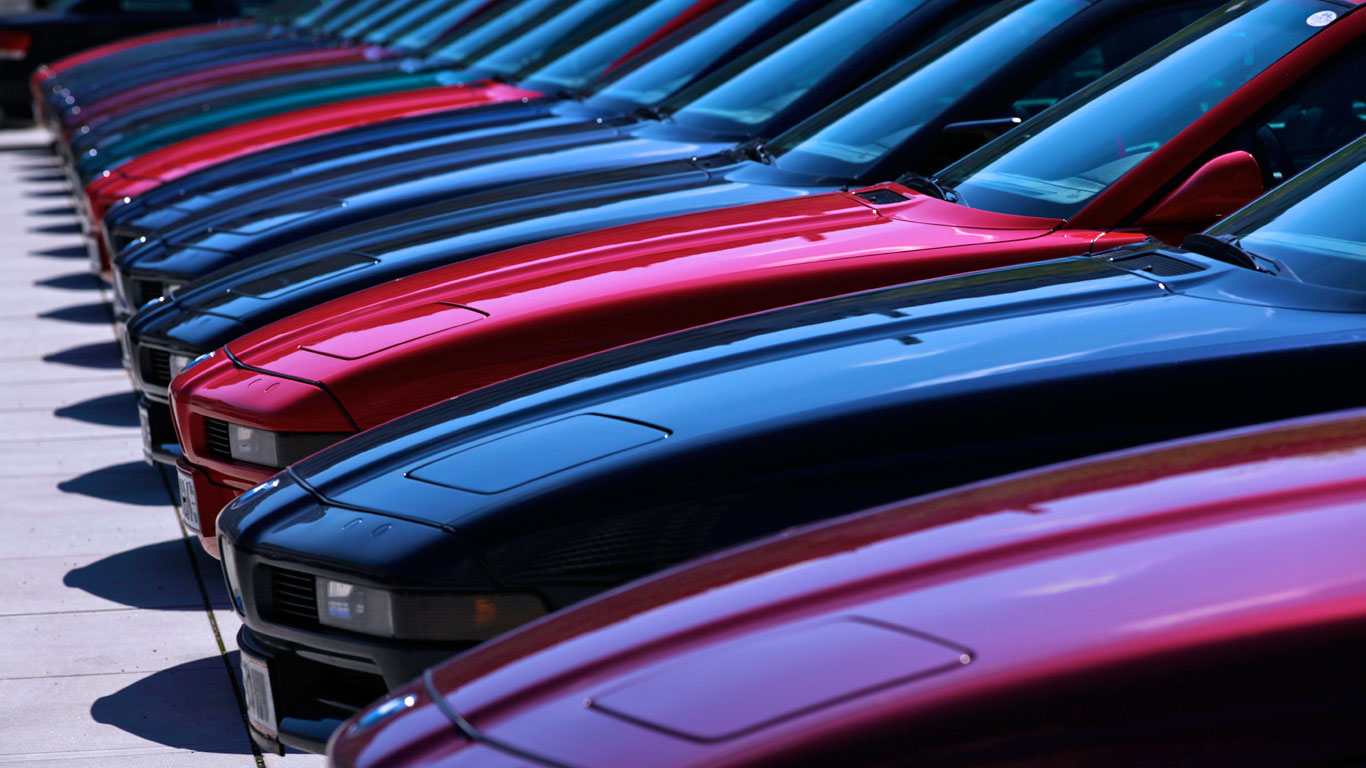
What, if anything, went wrong for the 8 Series? History will be kind to the 8er, but there’s no getting away from the fact that it represents a glorious failure for Bavaria. Why else would BMW turn its back on the segment for the best part of two decades before taking enough brave pills to try again? For all that talk of waiting lists and production allocated for three years, BMW managed to shift a mere 30,621 examples of the 8 Series before pulling the plug in 1999.
It was too expensive
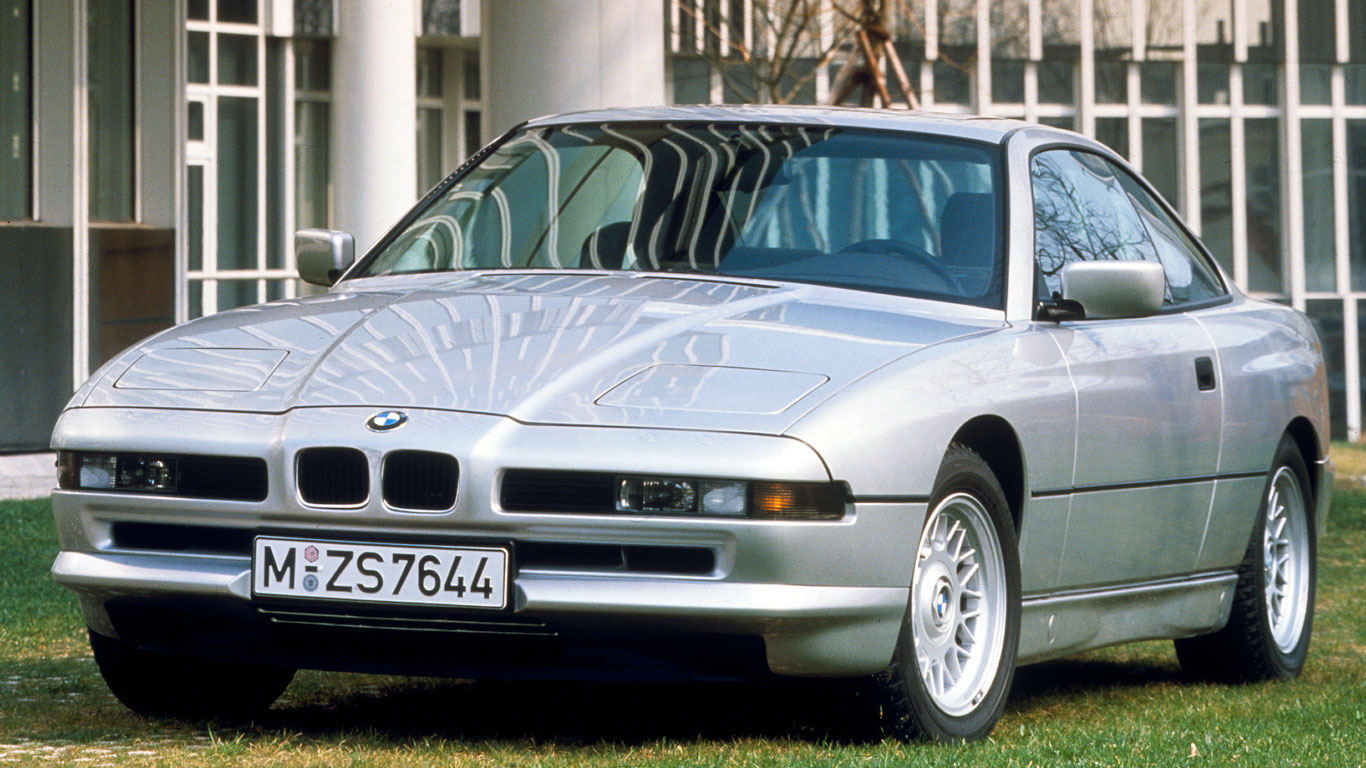
In 1990, a BMW 850i would set you back upwards of £53,000, which is almost £105,000 in today’s money. For some context, a Mercedes-Benz SEC would be around £60,000 of your finest English pounds. The 850i was cheaper, yes, but it was far from perfect. To compound matters, launching a V12 on the eve of a financial depression wasn’t the best timing.
It was too big and heavy
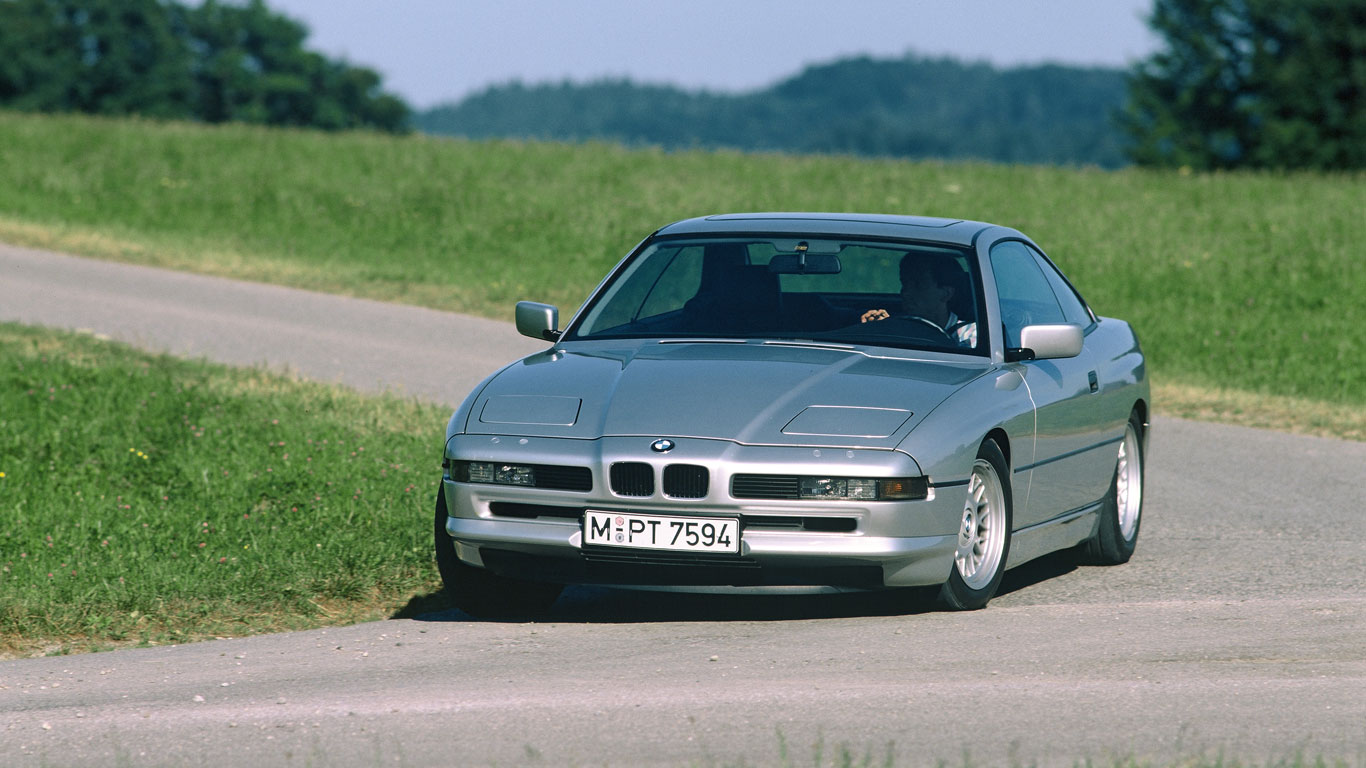
The 850i was handicapped by its weight, tipping the scales at around 1,800kg. This served to remove any sparkle from the driving experience, while adding roll and floatiness through the corners. With the benefit of hindsight, and when viewed as a grand tourer, these factors are more forgivable, but at the time the 750iL was no less of a driving machine. It was also appreciably cheaper and offered rear-seat accommodation suitable for more than just the offspring of a contortionist.
It lacked the wow-factor
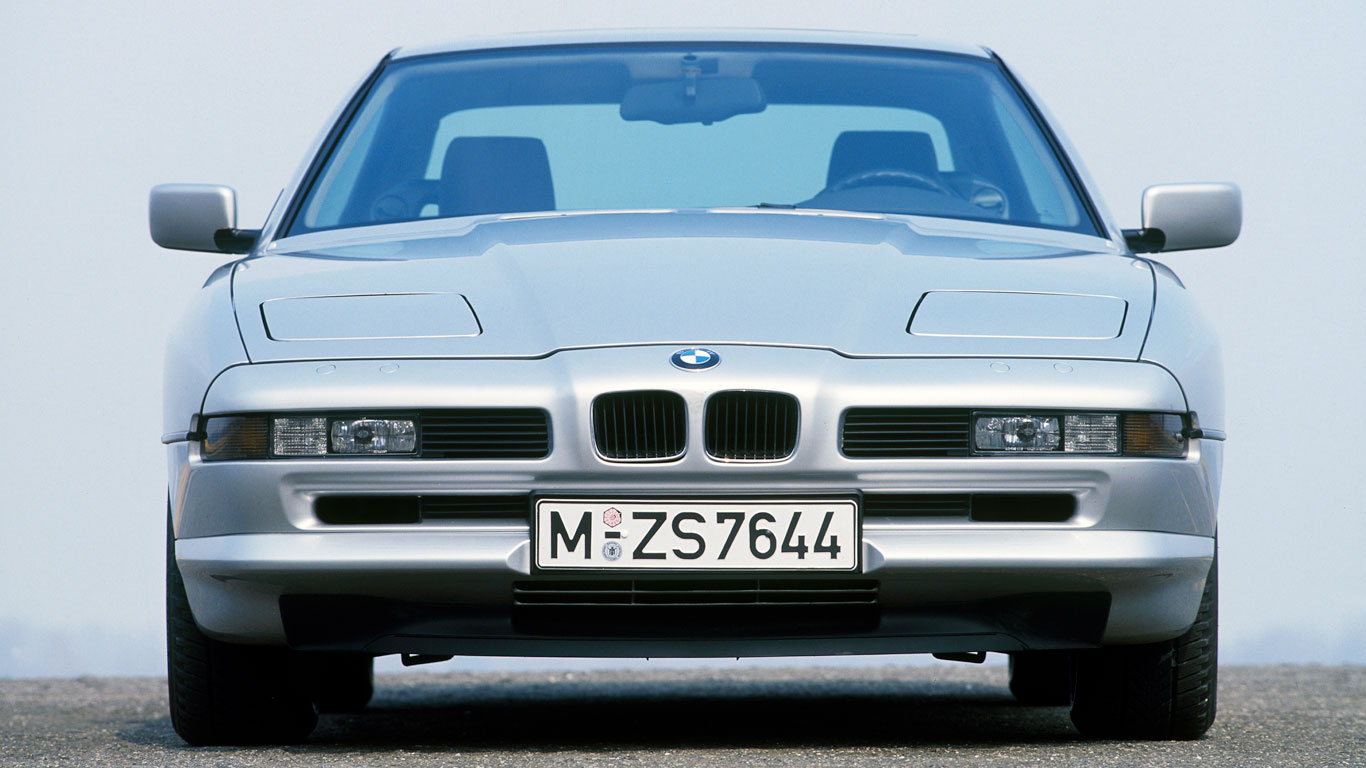
Today, the BMW 8 Series can turn heads as well as any modern classic of the 1990s, but that wasn’t necessarily the case when the car was new. See an 850i in your rear-view mirror and you’d be forgiven for thinking you were being hustled by a banker in a Toyota Supra 3.0i Turbo. There’s nothing wrong with a Supra, but it cost nearly £40,000 less than the BMW. The well-heeled motorist simply must stand out from the crowd.
It wasn’t focused enough
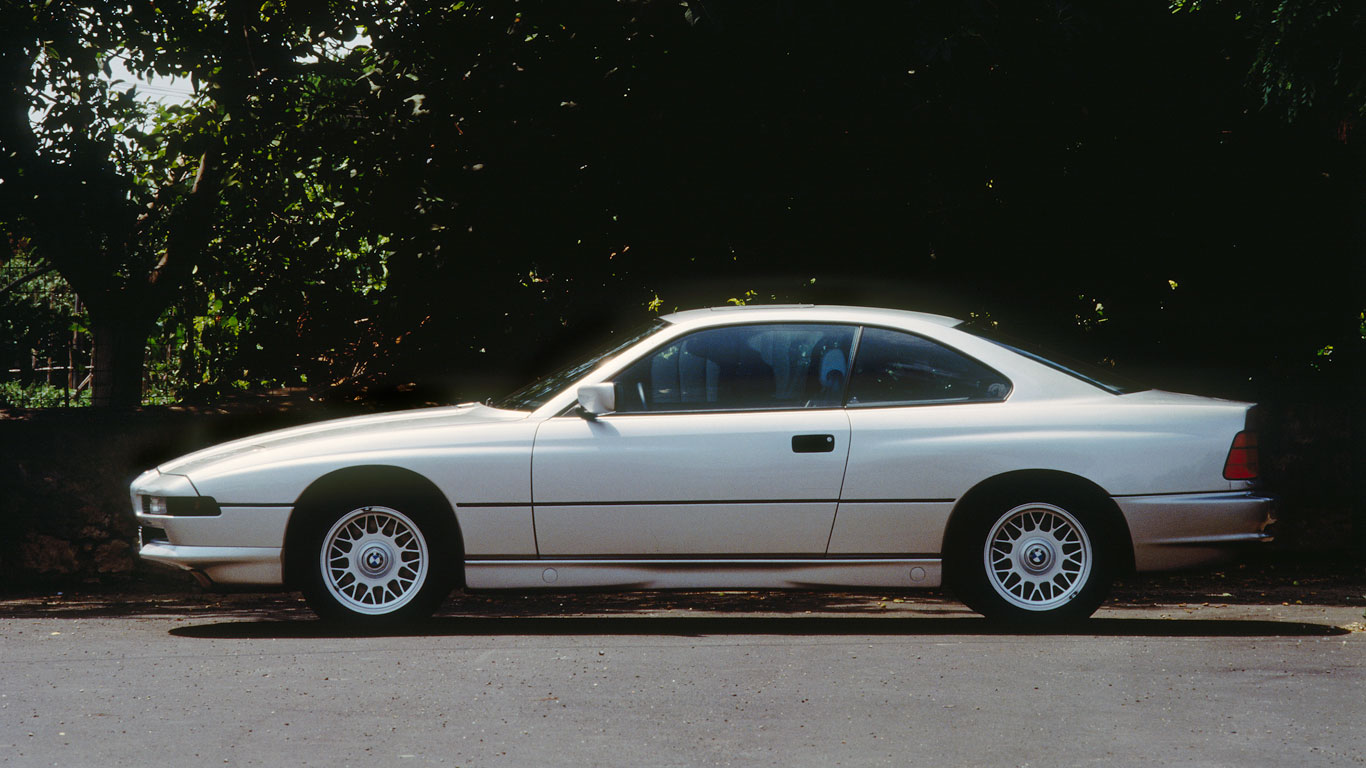
For all its technical wizardry – Active Rear Axle Kinematics (AHK), adjustable suspension and Servotronic steering – the 850i could never really make up its mind what it wanted to be. Drivers could select between ‘Sport’ and ‘Komfort’ modes, but while the 850i was certainly smooth and comfortable, the more practical and cheaper 750i did everything just as well. ‘Good, but not that good’, read the rather damning headline on the front of Car, June 1990.
Introducing the 850CSi
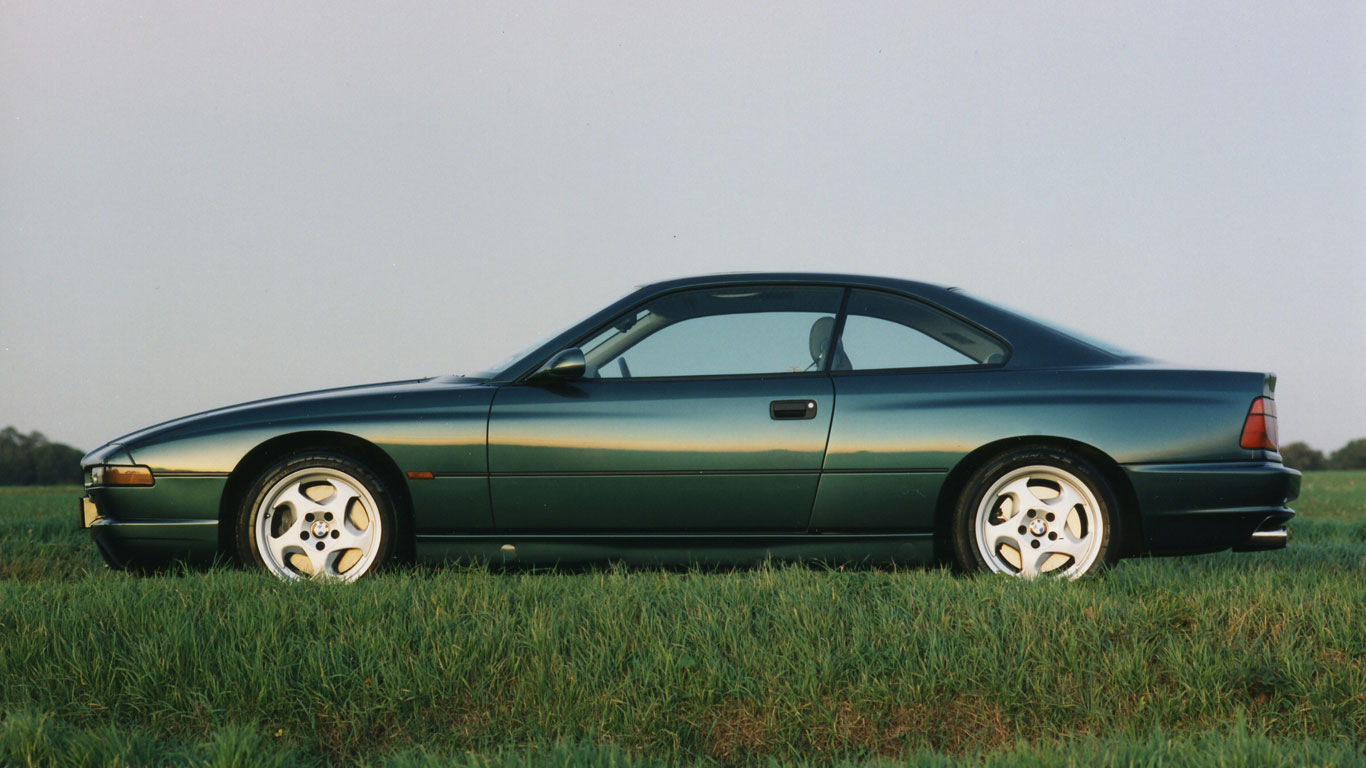
BMW chipped away at the 8 Series, eager to perfect its super-coupe. In 1993, a second version of the 12-cylinder engine was added to create the 850CSi. This 5.6-litre unit offered 381hp and 401lb ft of torque, enough for it to complete the 60mph dash in less than 6.0 seconds. This is the point at which BMW introduced active rear axle kinematics, with the rear wheels responding to speed and steering angle by turning in the same direction.
The 850i becomes the 850Ci
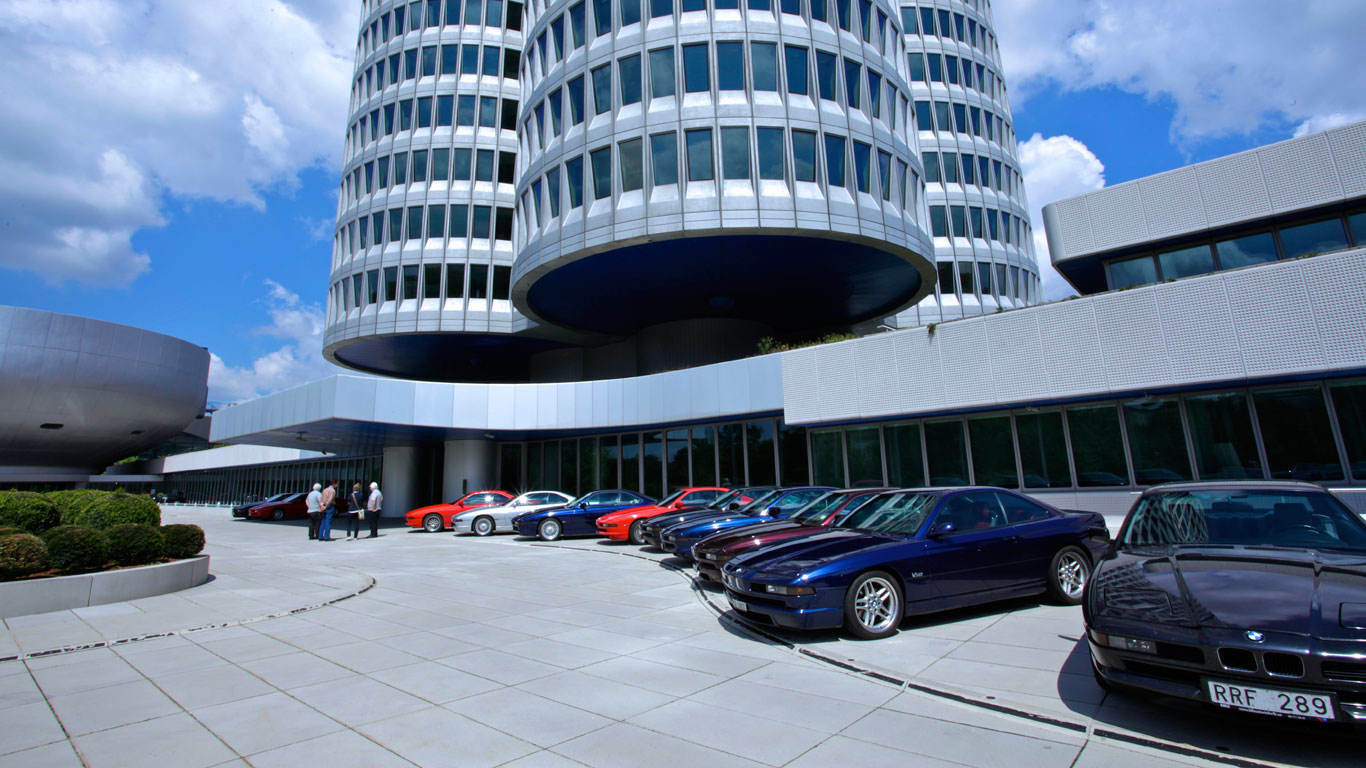
Meanwhile, the 850i became the 850Ci, with standard equipment including a pair of airbags, infrared remote control and folding rear seat backrests. Dynamic stability control was available as an option and the automatic transmission was equipped with adaptive control.
BMW 840Ci
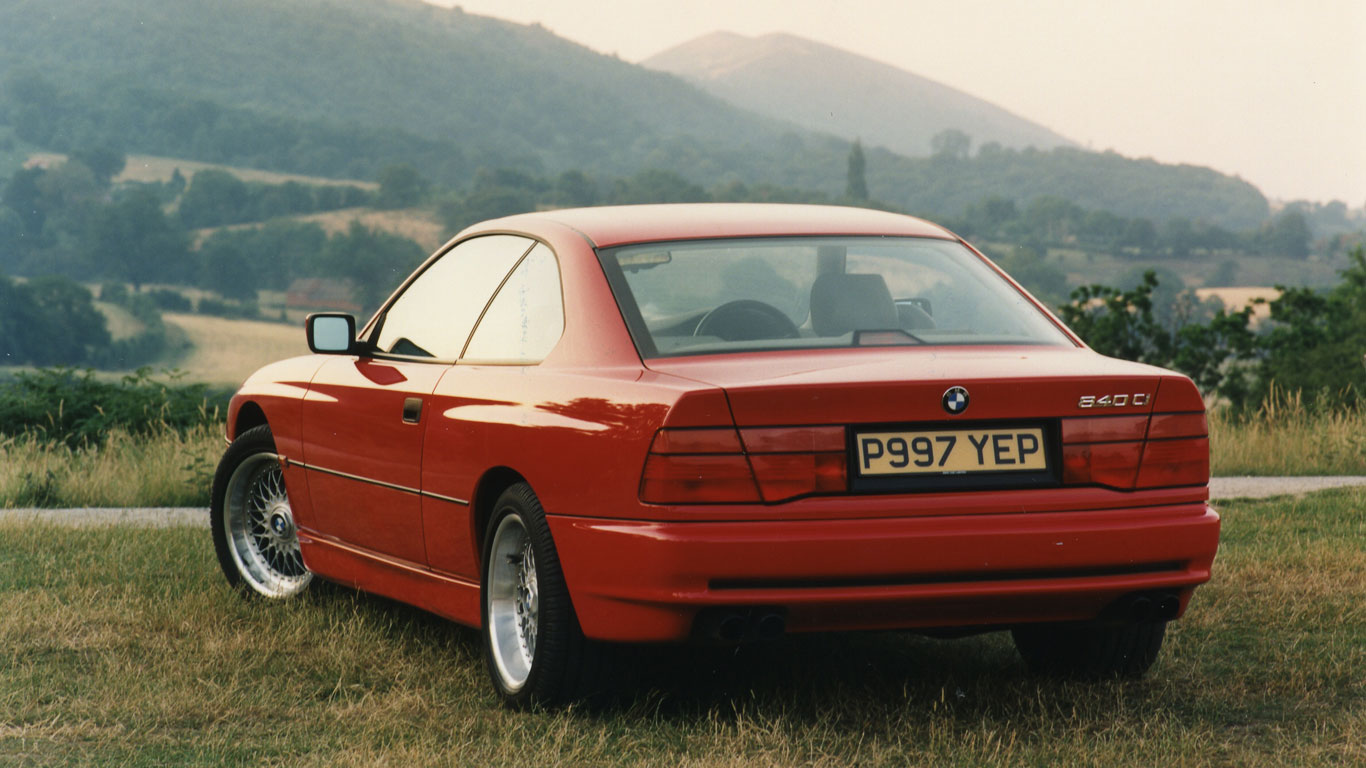
The BMW 840Ci joined the line-up in 1993. Powered by a 286hp 4.0-litre V8 engine, the new entry-level 8 Series was designed to introduce a new audience to the car. It wasn’t a huge success, as more than two-thirds of all 8 Series sold were powered by a 12-cylinder engine.
BMW 850Ci
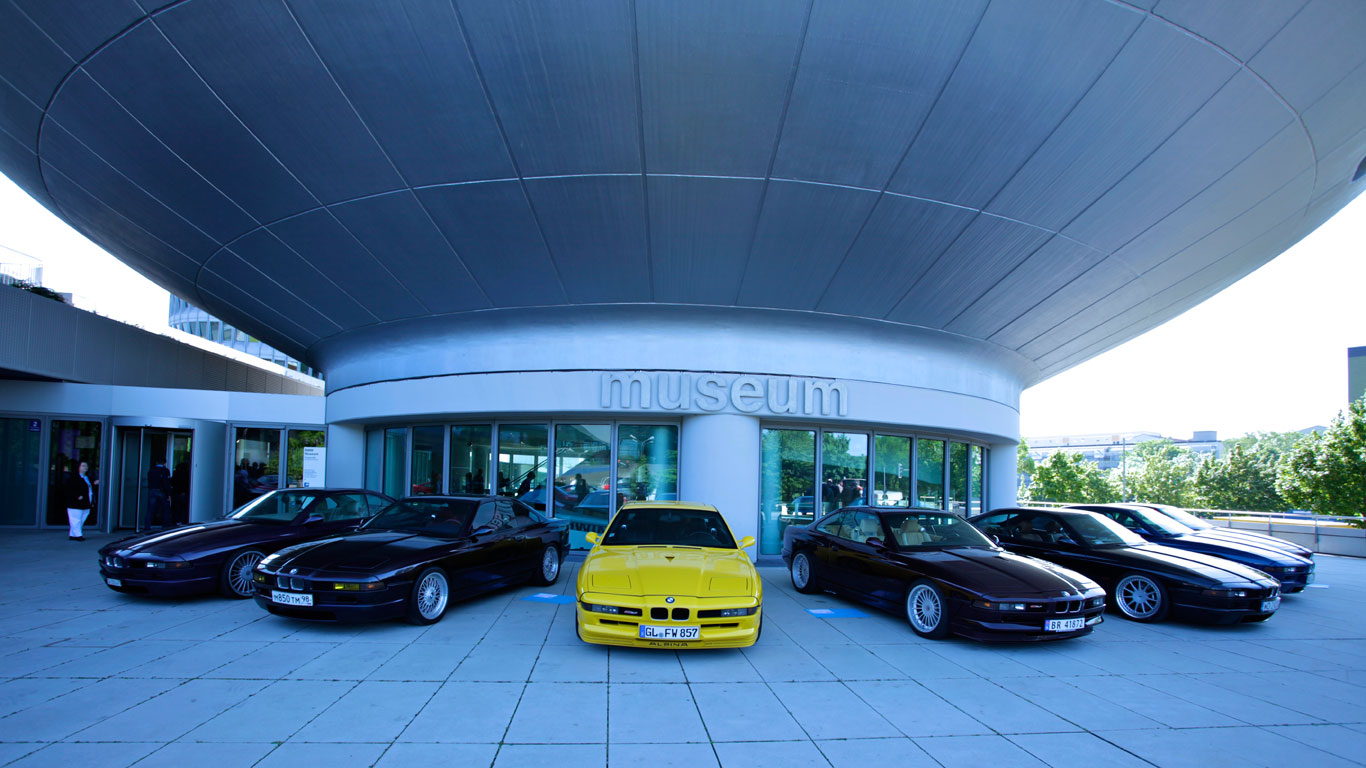
The 850Ci was revised in 1994, with the coupe now powered by a 5.4-litre V12 developing 326hp. Customers could opt for a five-speed manual transmission, but few did. Only one in six 8 Series sold was fitted with a manual gearbox. The 850CSi, of which 1,150 were produced, was available exclusively with a stick shift.
Total production: 30,621
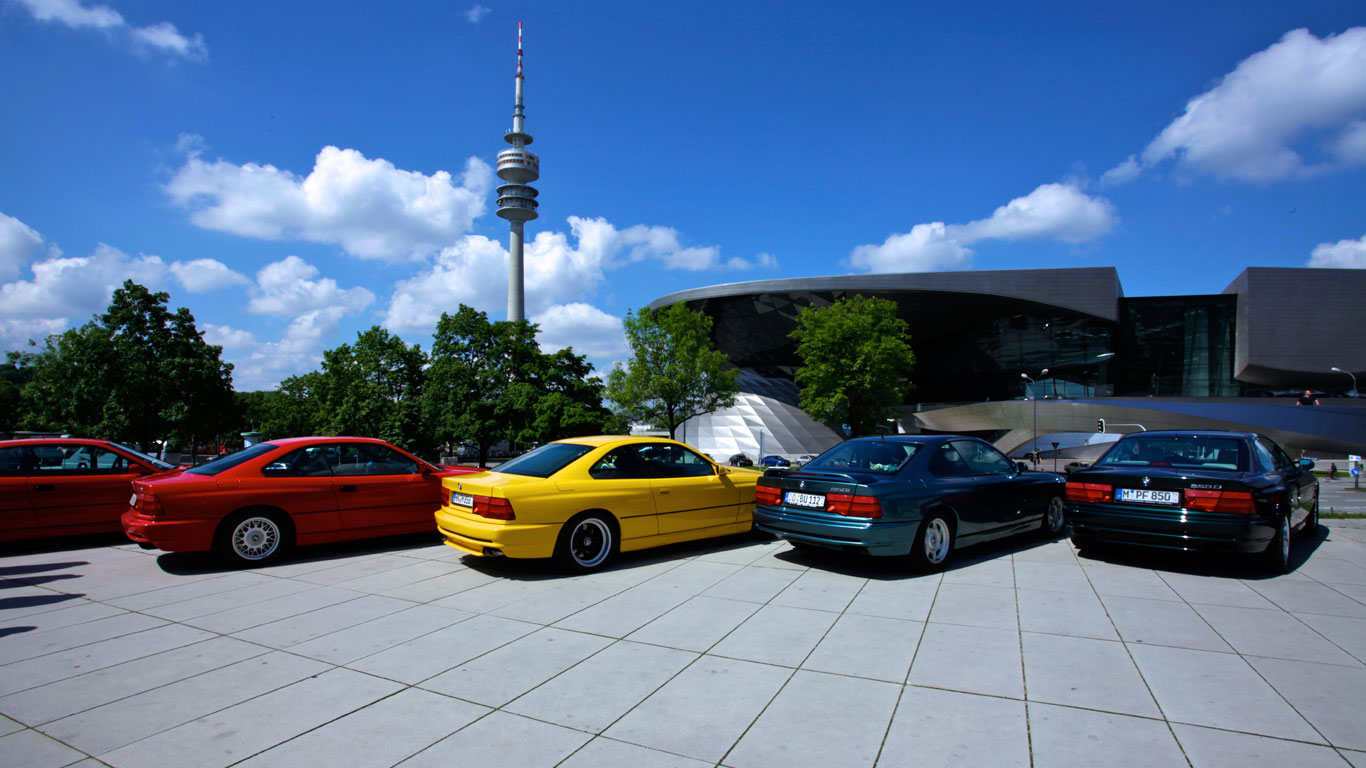
In total, 30,621 8 Series were built, including 24 hand-built at BMW’s Rosslyn plant in South Africa. For tax reasons, assembling the cars there was more cost-effective than importing the finished articles. Today, 840 prices start from around £12,000, but you’ll pay more for a good example and much, much more for an 850, with the CSi commanding top dollar.
BMW M8
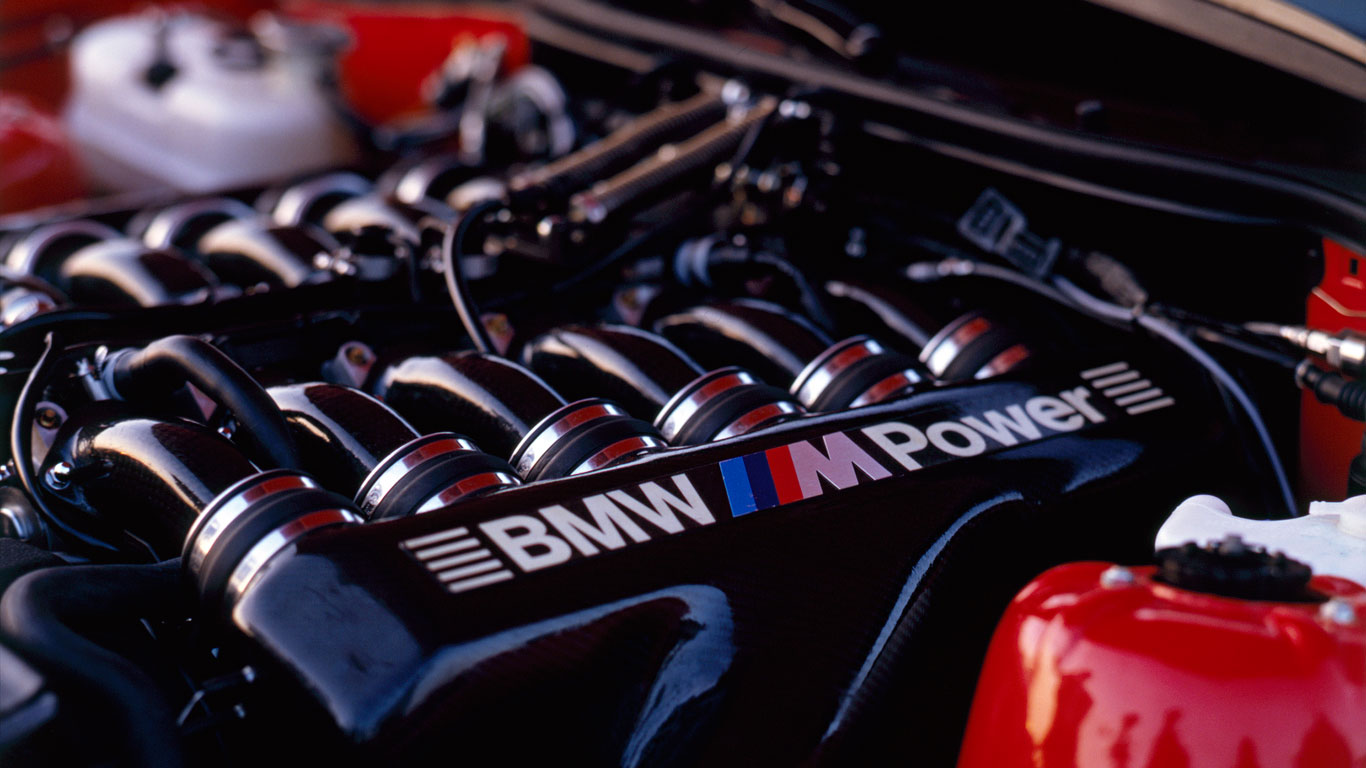
Sadly, a much rumoured M8 version never saw the light of day, but a one-off, high-performance variant of the 8 Series was completed in 1991 and featured an all-new 12-cylinder engine developing around 550hp, chassis tweaks and bespoke body features. Co-developed by BMW Motorsport and BMW Technik, the ‘M8’ was employed as a test bed for technology and innovations. Its engine, for example, served as the basis for the V12 unit powering the legendary McLaren F1.
David Hockney Art Car
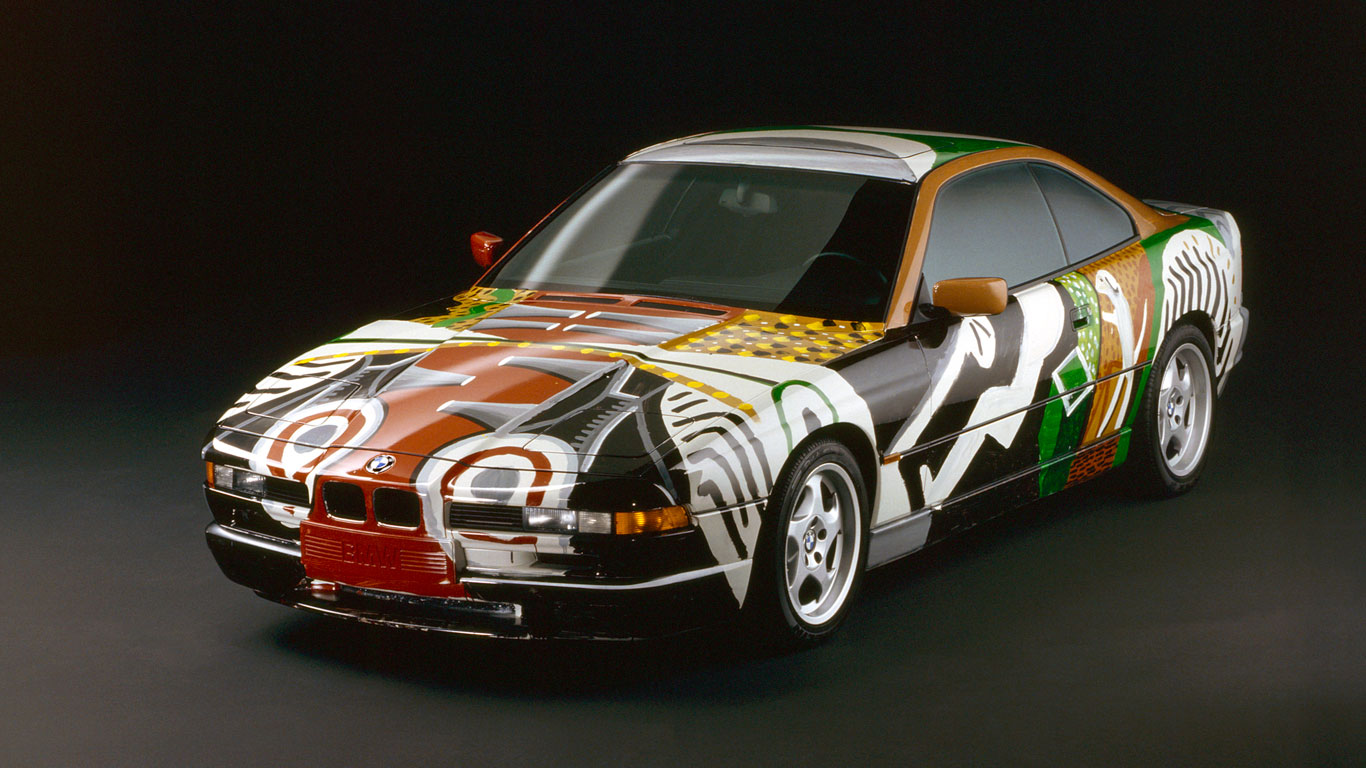
This is the David Hockney Art Car: a BMW 850CSi completed in 1995. The artist said: “BMW gave me a model of the car and I looked at it time and time again. Finally, I thought it would be a good idea to show the car as if one could see inside.” Hockney turned the car inside out, making it transparent through unique perception. The hood sports a stylised reproduction of the engine’s intake manifold, the driver is visible through the door, and a dachshund (named Stanley) can be seen sitting on the back seat.
BMW Alpina B12
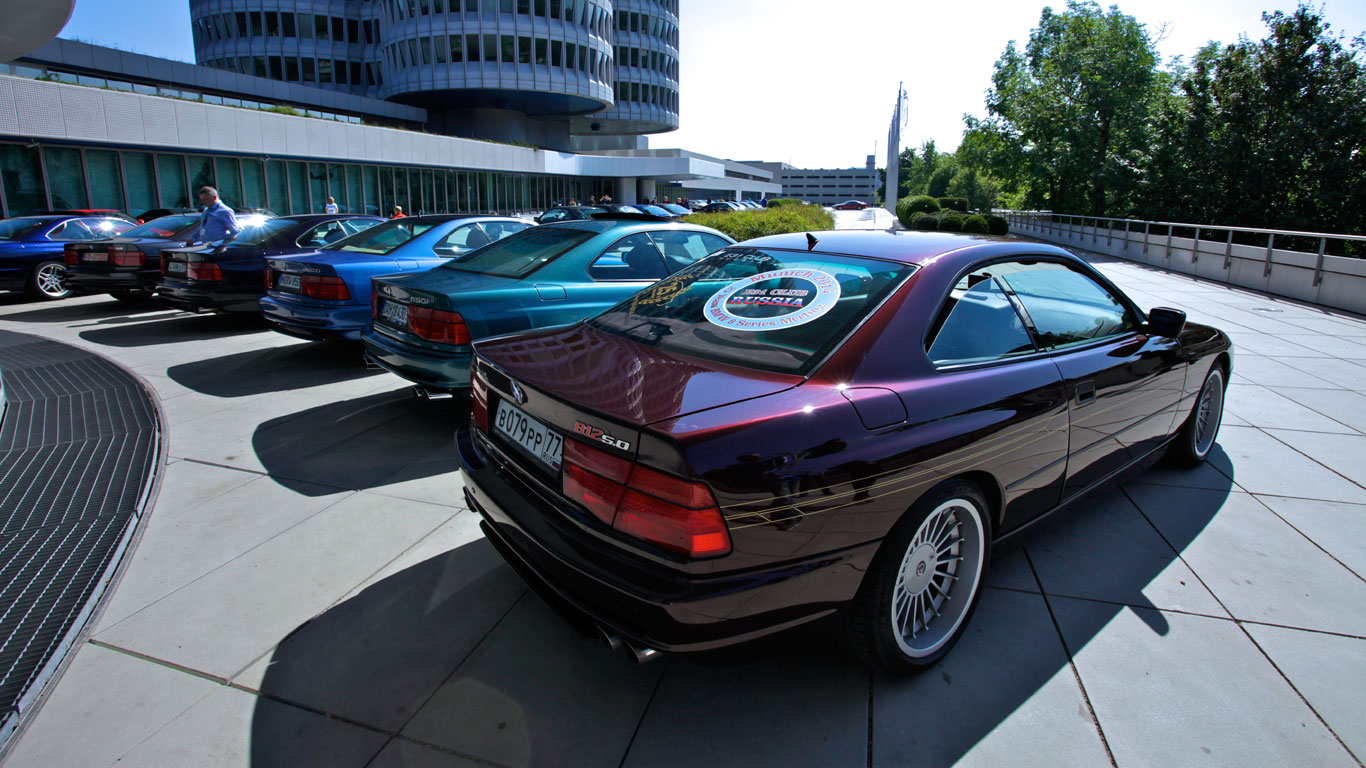
Alpina created two versions of the E31: a 5.0-litre produced from 1990 to 1994 and a 5.7-litre built from 1992 to 1996. In 5.7 guise, the Alpina B12 developed 416hp, enough for a 0-60 mph time of 5.5 seconds and top speed of 186mph.
Reviving the 8
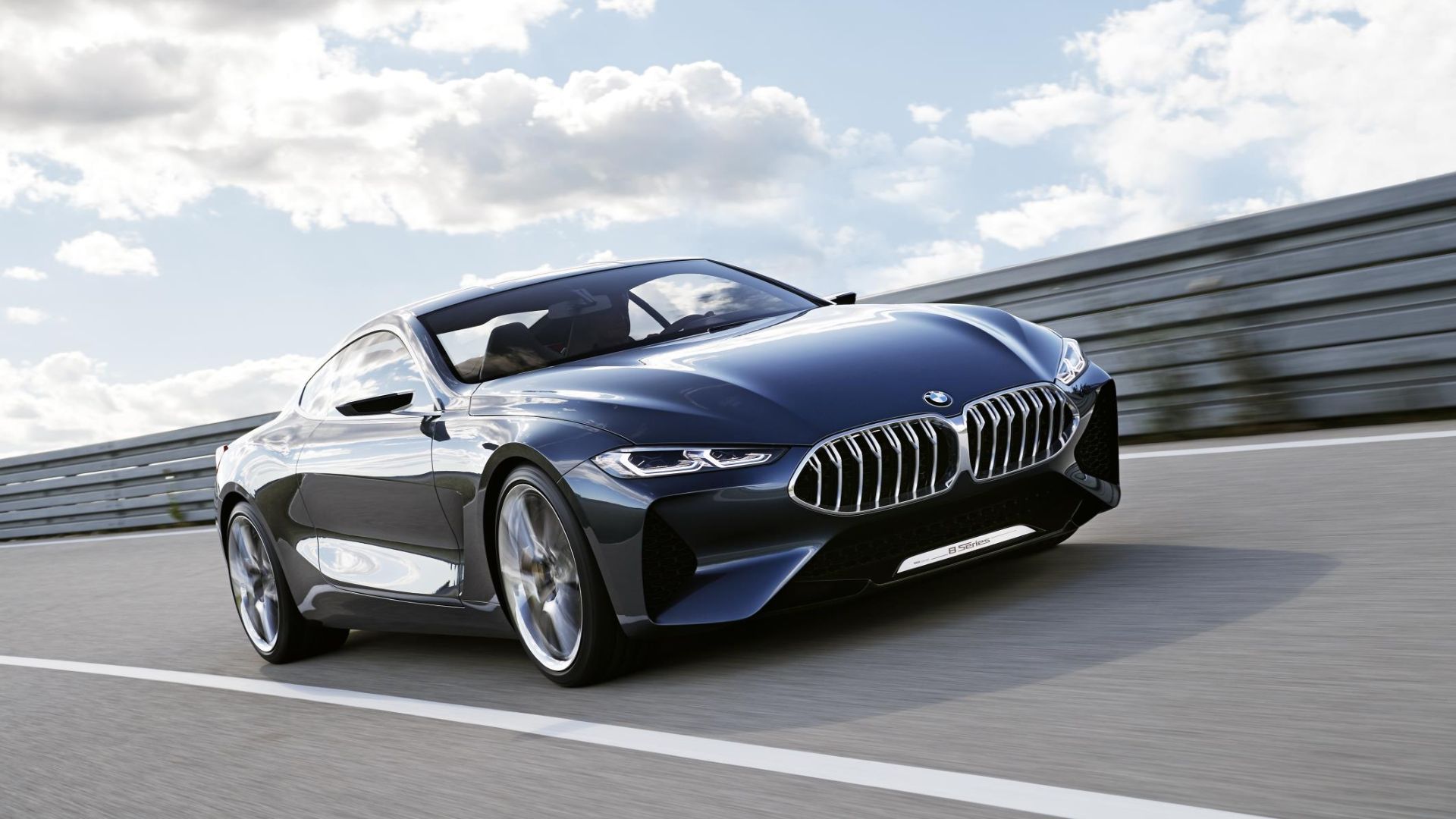
It wasn’t until 2017, and the Concorso d’Eleganza Villa d’Este, where BMW unveiled its svelte concept for a new 8 Series. The car previewed a more luxurious successor to the outgoing 6 Series. Excitement swelled for the return of BMW’s flagship GT.
Destination Le Mans
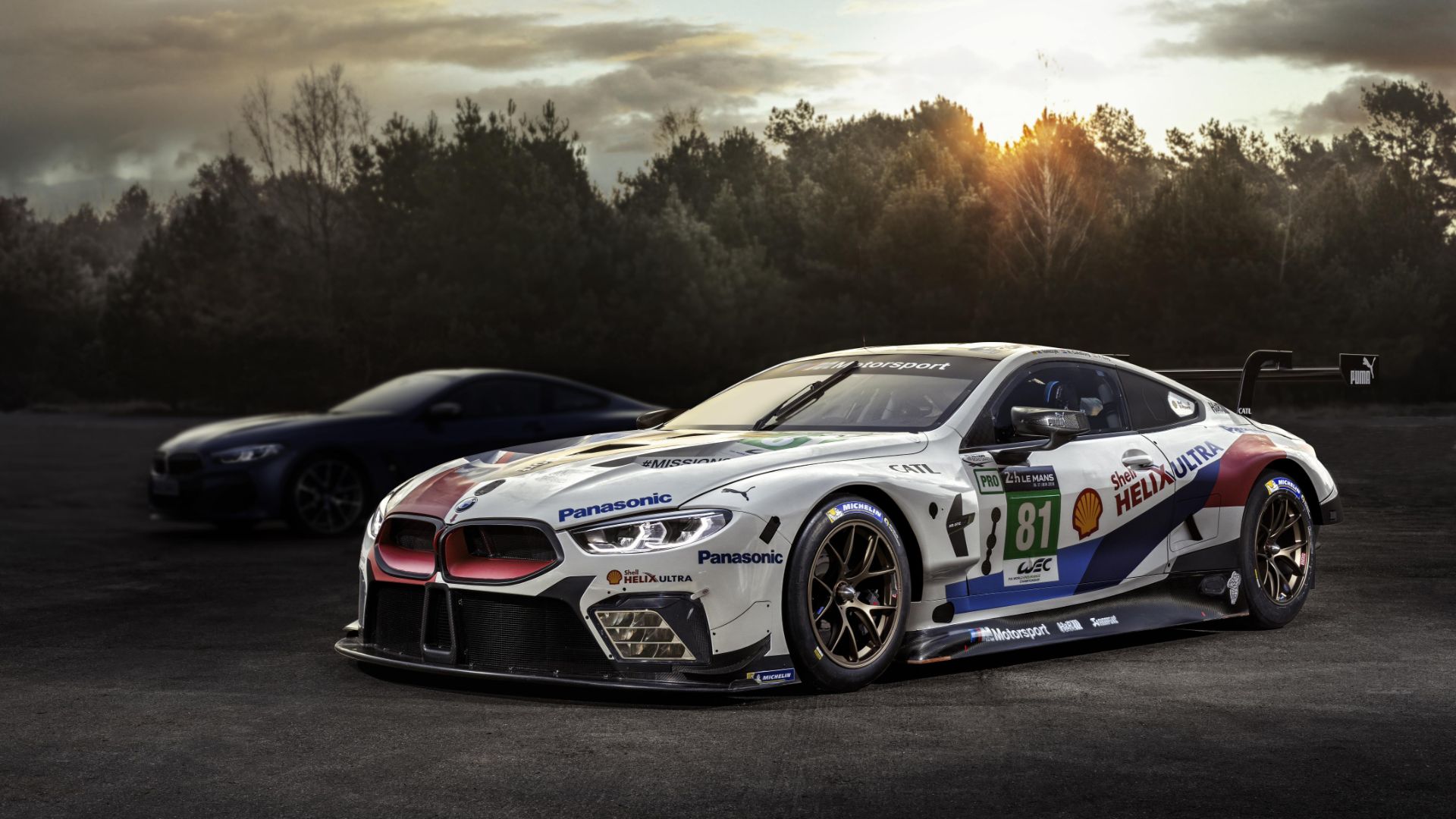
This BMW also had duties to perform, namely in GTE-spec at Le Mans. In fact, we saw the racing 8 Series before the production version, at the Frankfurt Motor Show in 2017. Sadly, the car proved a disappointment on-track, not achieving the wins BMW hoped for and attracting ridicule in online memes, due to its apparent size.
M8 Gran Coupe Concept
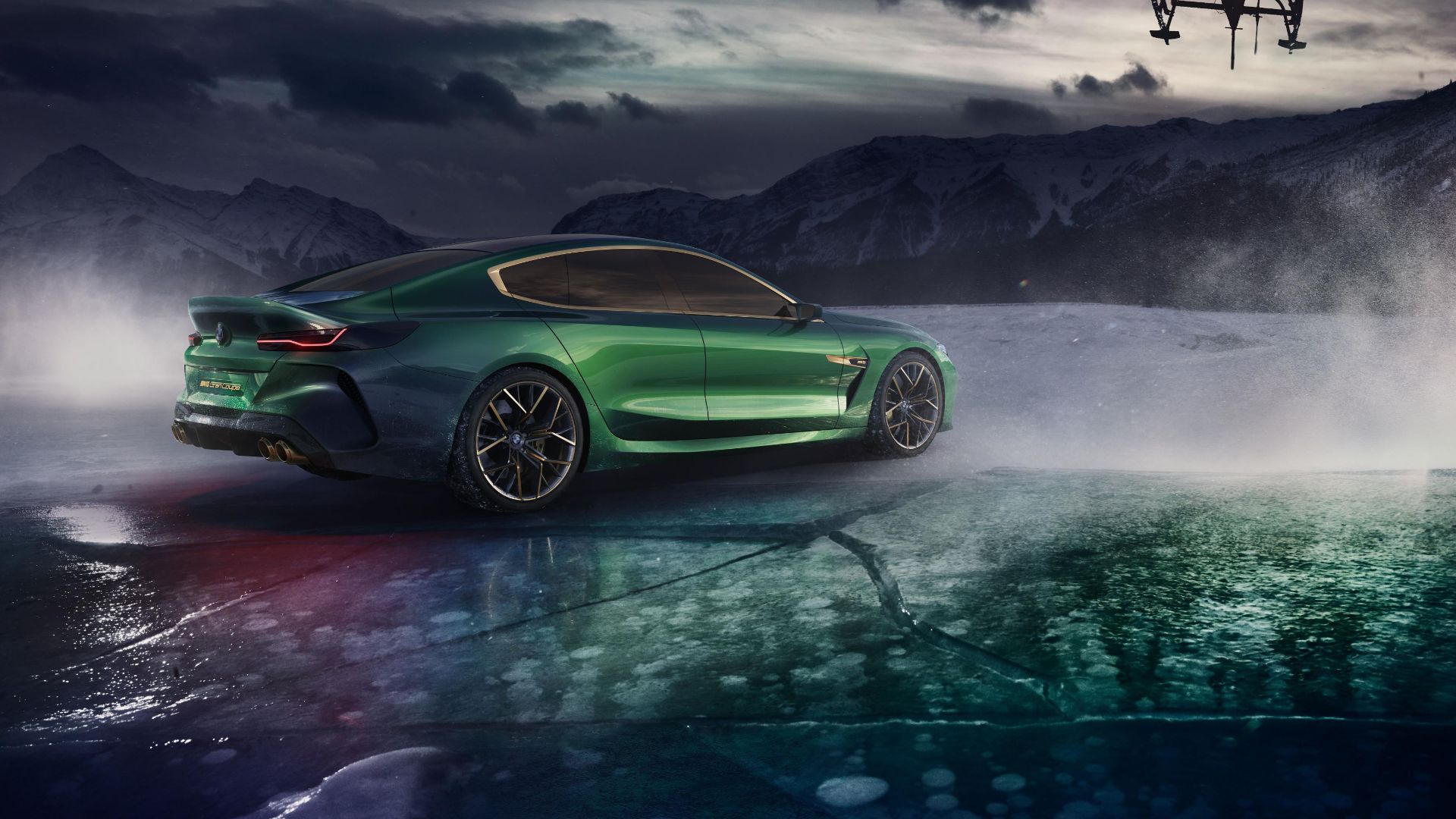
The M8 Gran Coupe Concept previewed the latest chapter of the 8 Series story, with BMW M5 power and a longer four-door saloon body. This would become, for our money, the most desirable version of the current 8 Series.
Return of the 8
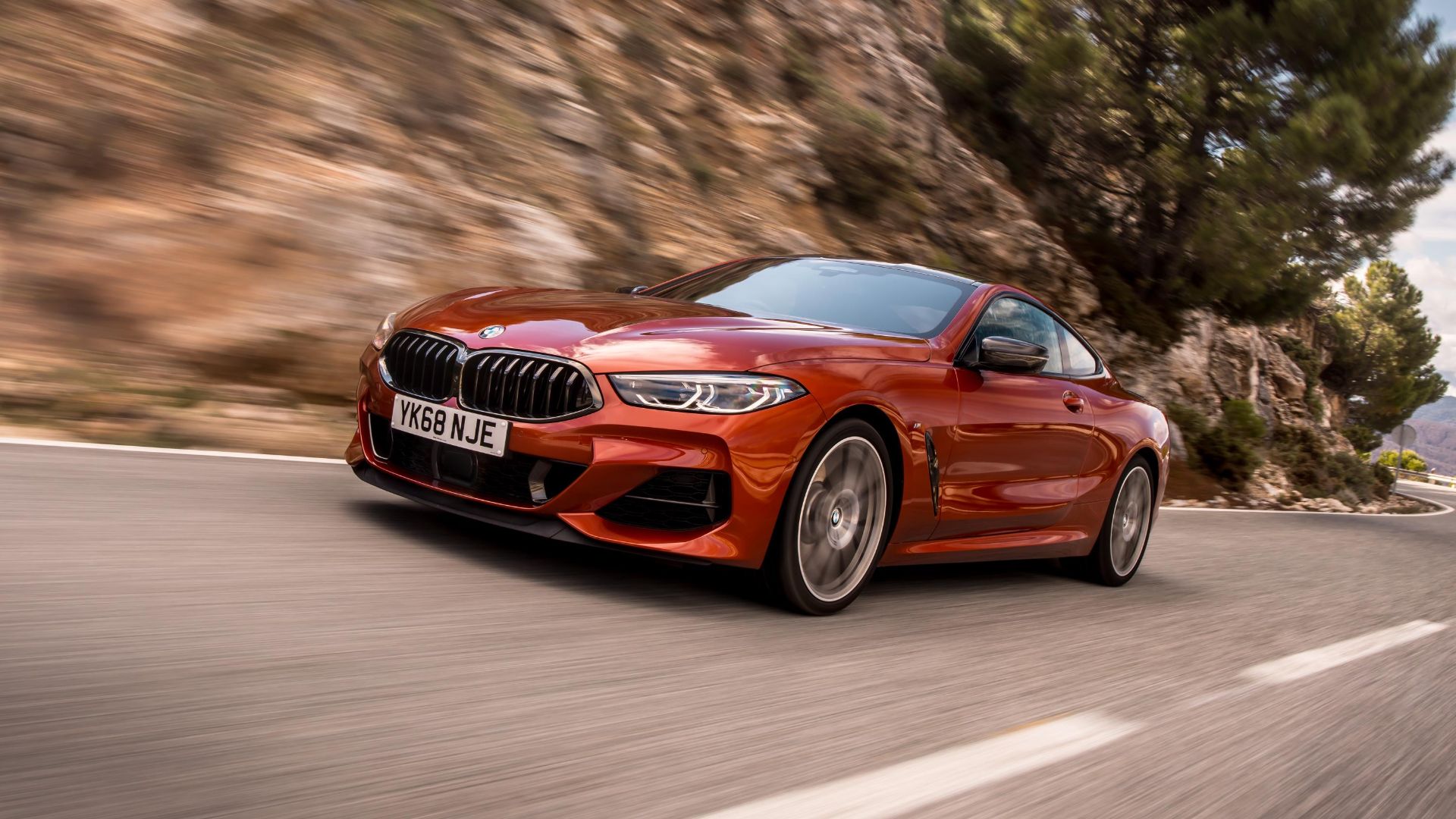
The real deal arrived a year later, codenamed G15 by BMW and featuring either a twin-turbo 530hp V8 or a straight-six diesel with 320hp. Both came with four-wheel drive and an eight-speed automatic gearbox. Like the original 8 Series, it’s less a sports car and more a luxury GT. Although you can’t have a V12 engine this time. Boo.
Dropping the top
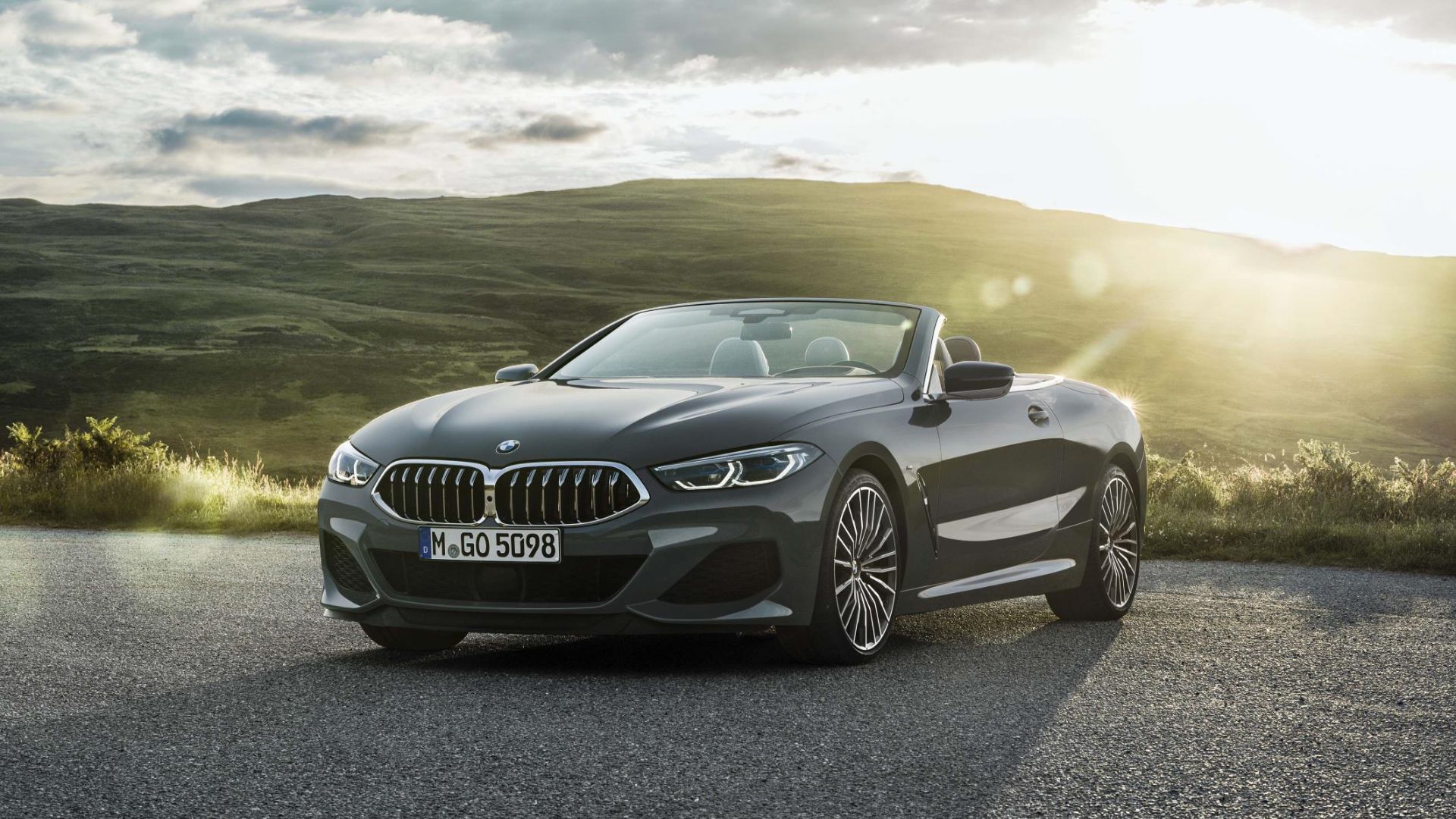
The G14 convertible version advances the 8’s boulevard cruising credentials, while retaining its blistering performance. Its roof folds down in 15 seconds at speeds up to 31mph.
8 Series Night Sky Edition
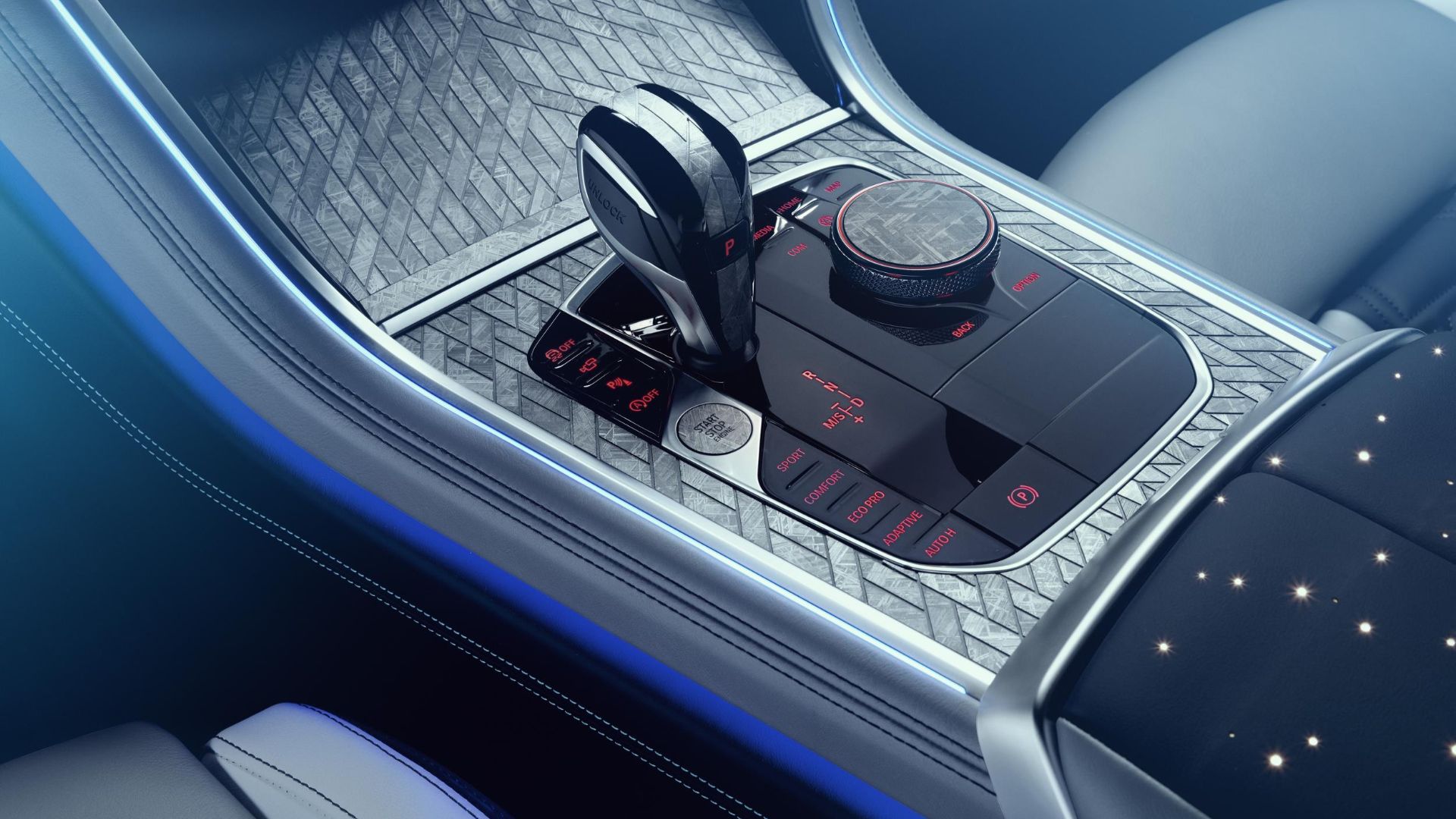
One of many odd special editions from BMW over the years, the 8 Series Night Sky Edition arrived in January 2019, with controls made from what BMW called ‘meteoric material’. In short, what wood veneer is for Rolls-Royces, space rock is for BMWs.
The ultimate, ultimate driving machine
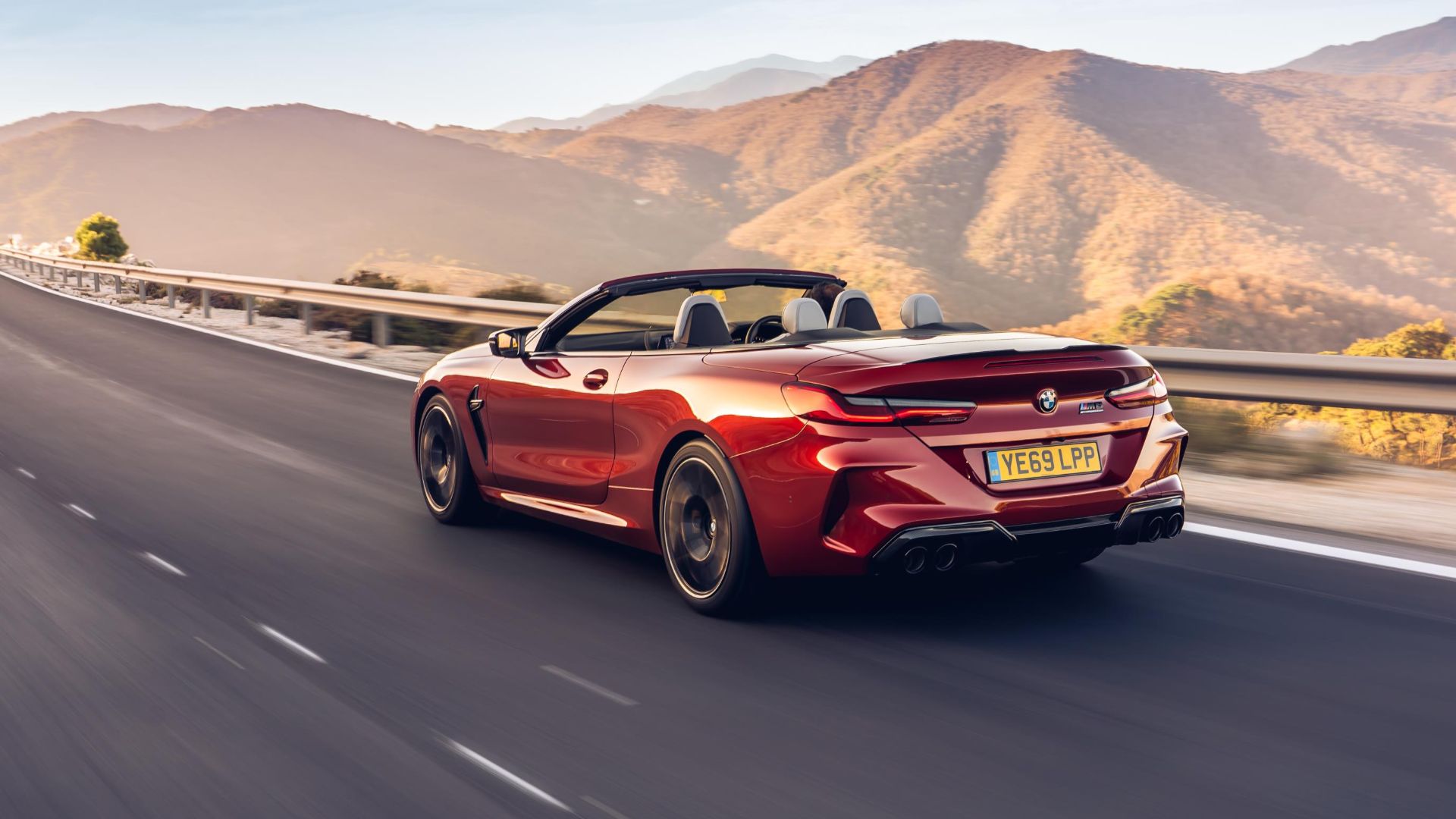
Although the M850i offered ample performance, we were all waiting for the proper M-car. The M8 Competition is the fastest road-going BMW ever made, with 625hp and switchable all-wheel drive. It hits 60mph in around 3.0 seconds, before settling to a 70mph cruise across Europe.
8 Series Gran Coupe
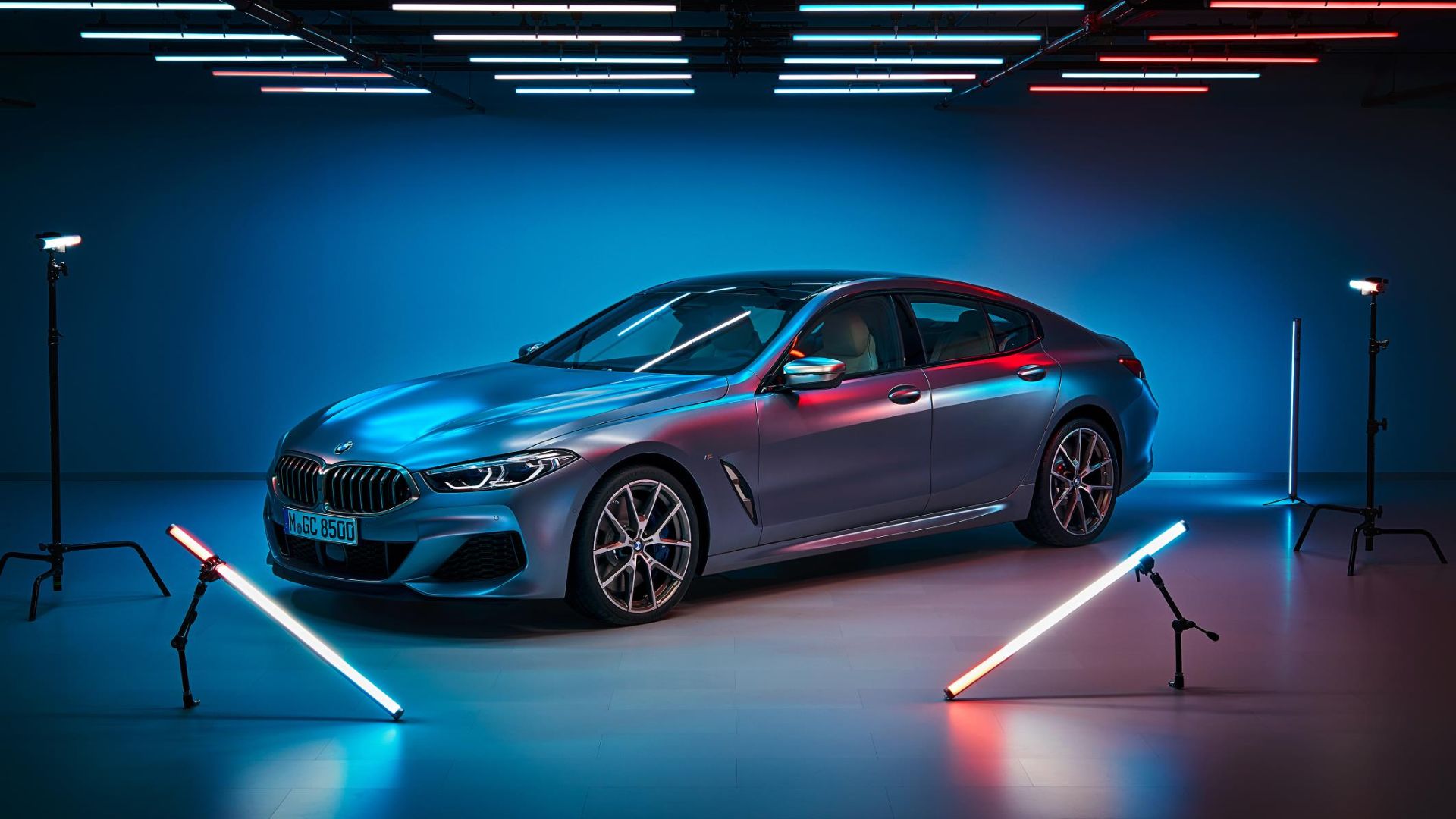
This is what the Germans like to call a four-door coupe. In truth, it’s a sleek-looking saloon. No matter – the 8 Series Gran Coupe has the road presence to compete with Aston Martins, Bentleys and other luxurious exotica.
M8 Gran Coupe
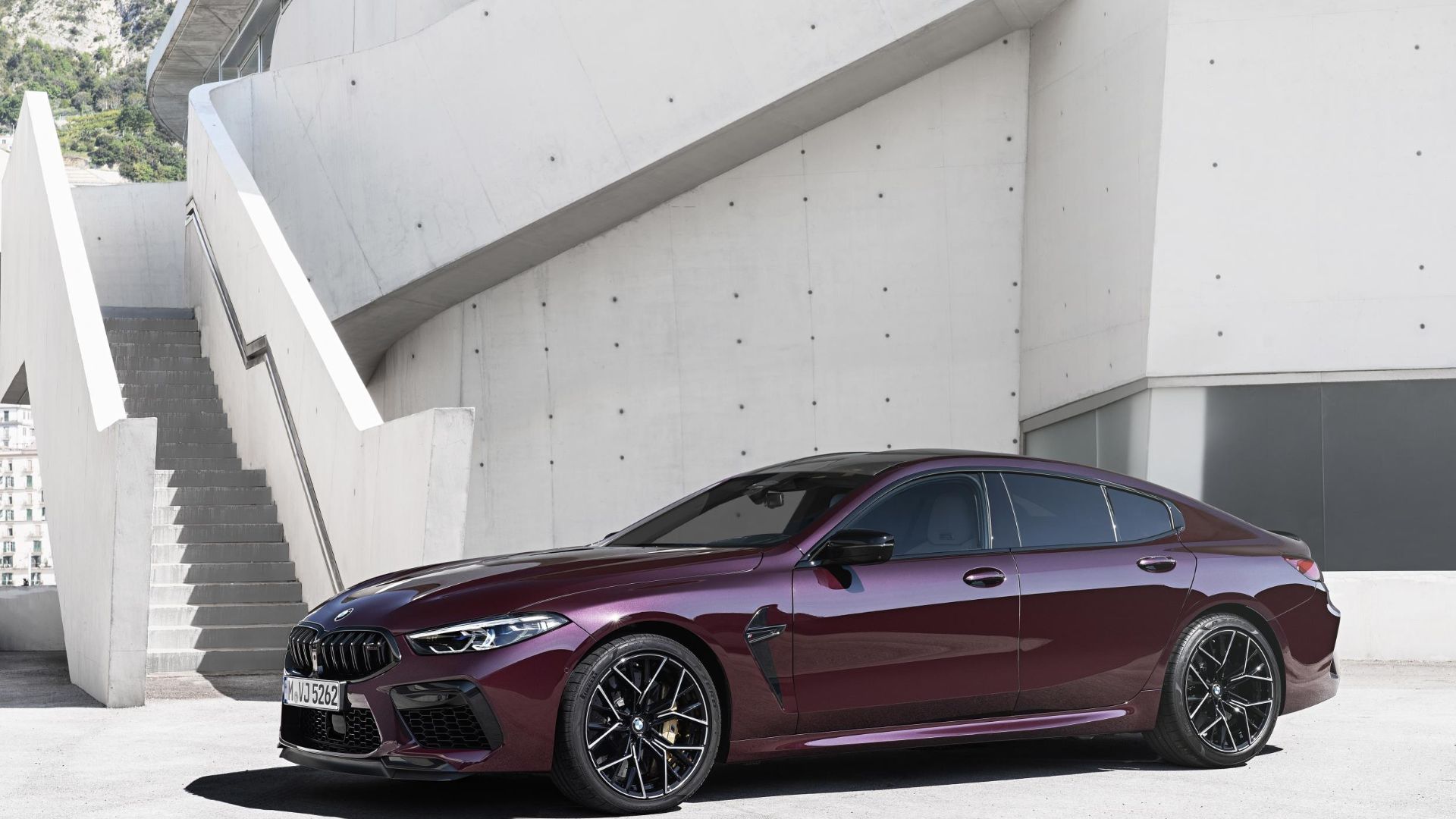
Naturally, there’s also an M version of the Gran Coupe. More aggressive bumpers, bulbous exhausts and lashings of carbon fibre suit the 8 Gran Coupe’s muscular lines. The ultimate 8 Series?
The original and best
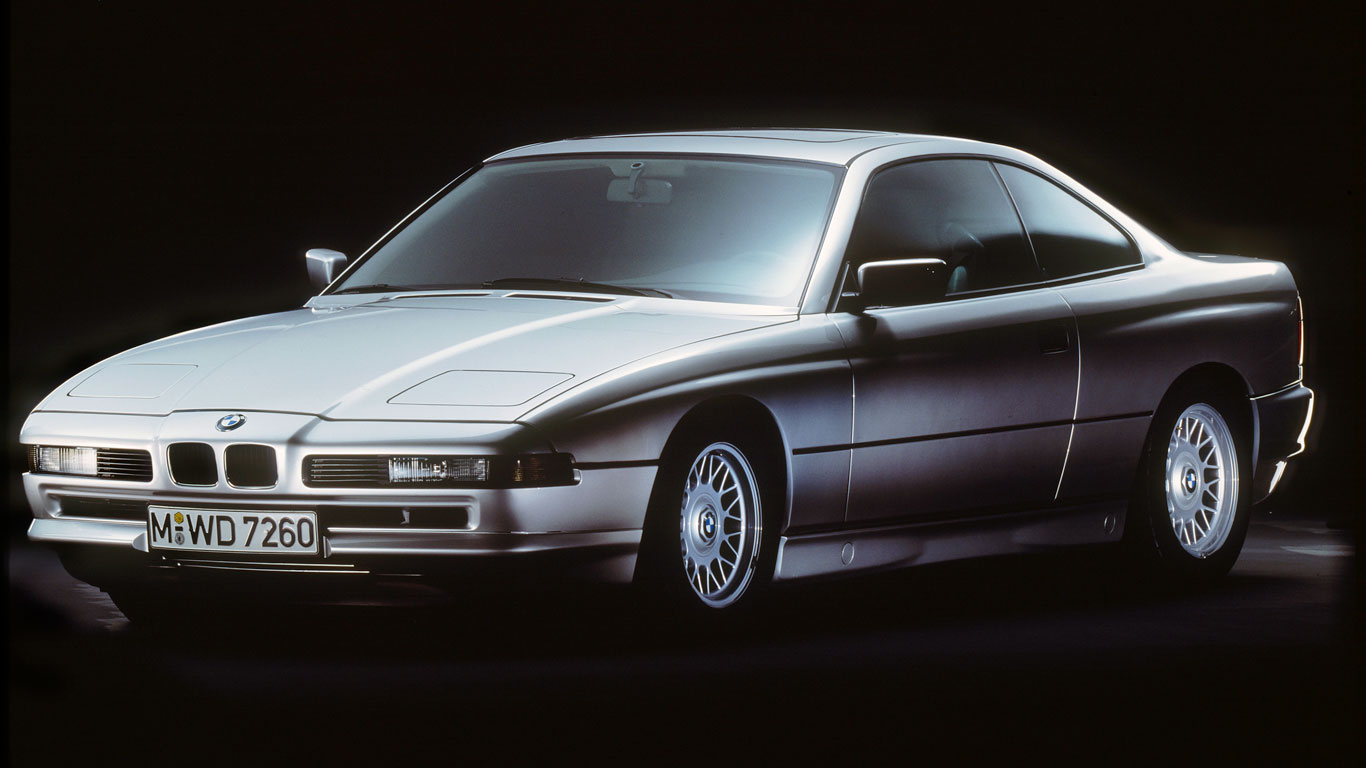
Perhaps not. Misguided, misjudged or misunderstood – whatever your views on the 8 Series, you can’t deny its place in BMW history. Today, the styling of the original looks better than ever. With a body blissfully free of spoilers and scoops, its legacy looms large over the current car. As a grand tourer, we can think of few better ways to cross the continent. In the V12-powered 850CSi, of course.
ALSO READ
New book shows unseen Porsche concepts



[…] The history of the BMW 8 Series […]
[…] dying out until the 1980s said hello to the 90s. BMW tried and failed to replace the 6er with the 8 Series, but its successor had lost some of the […]